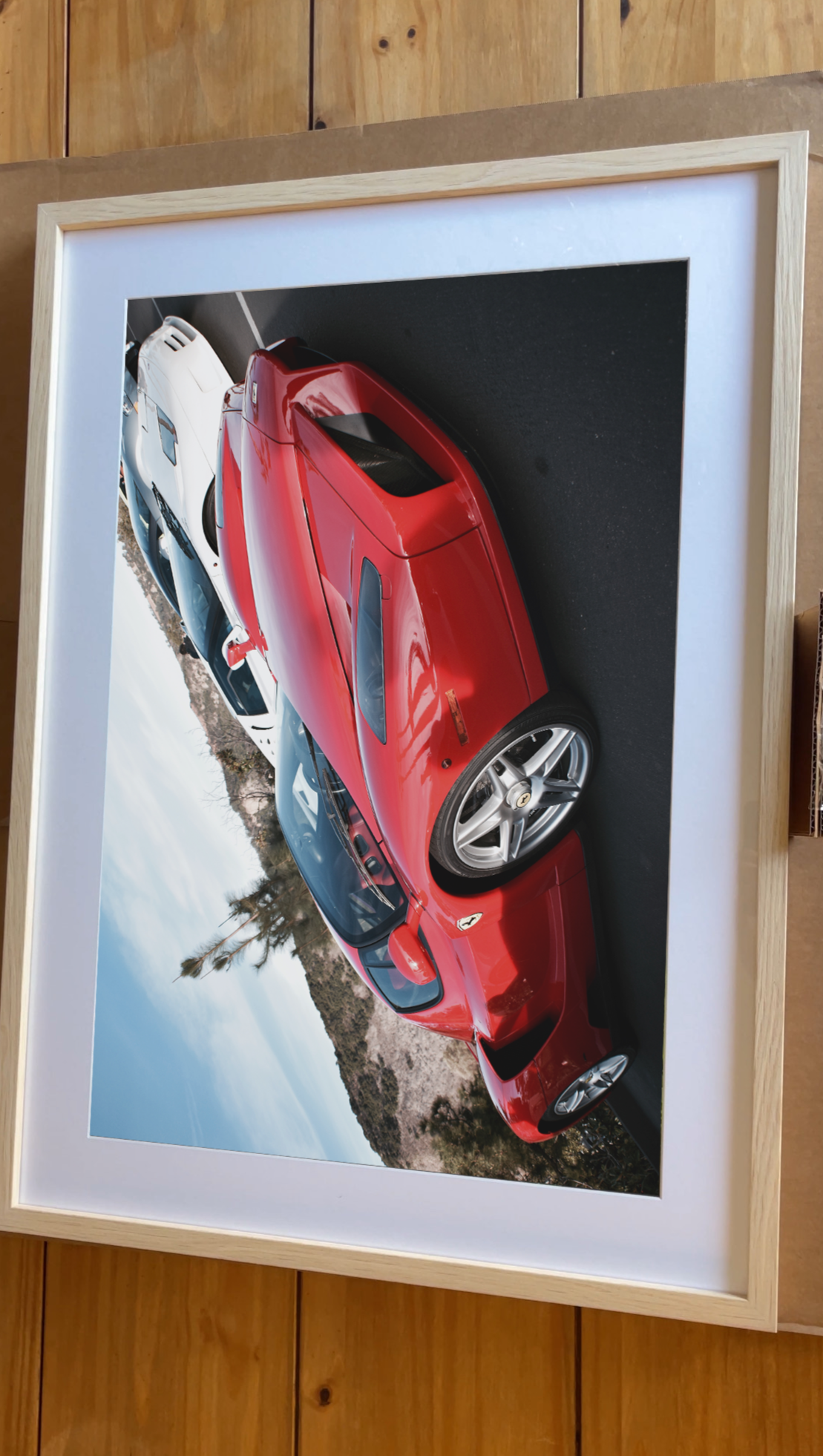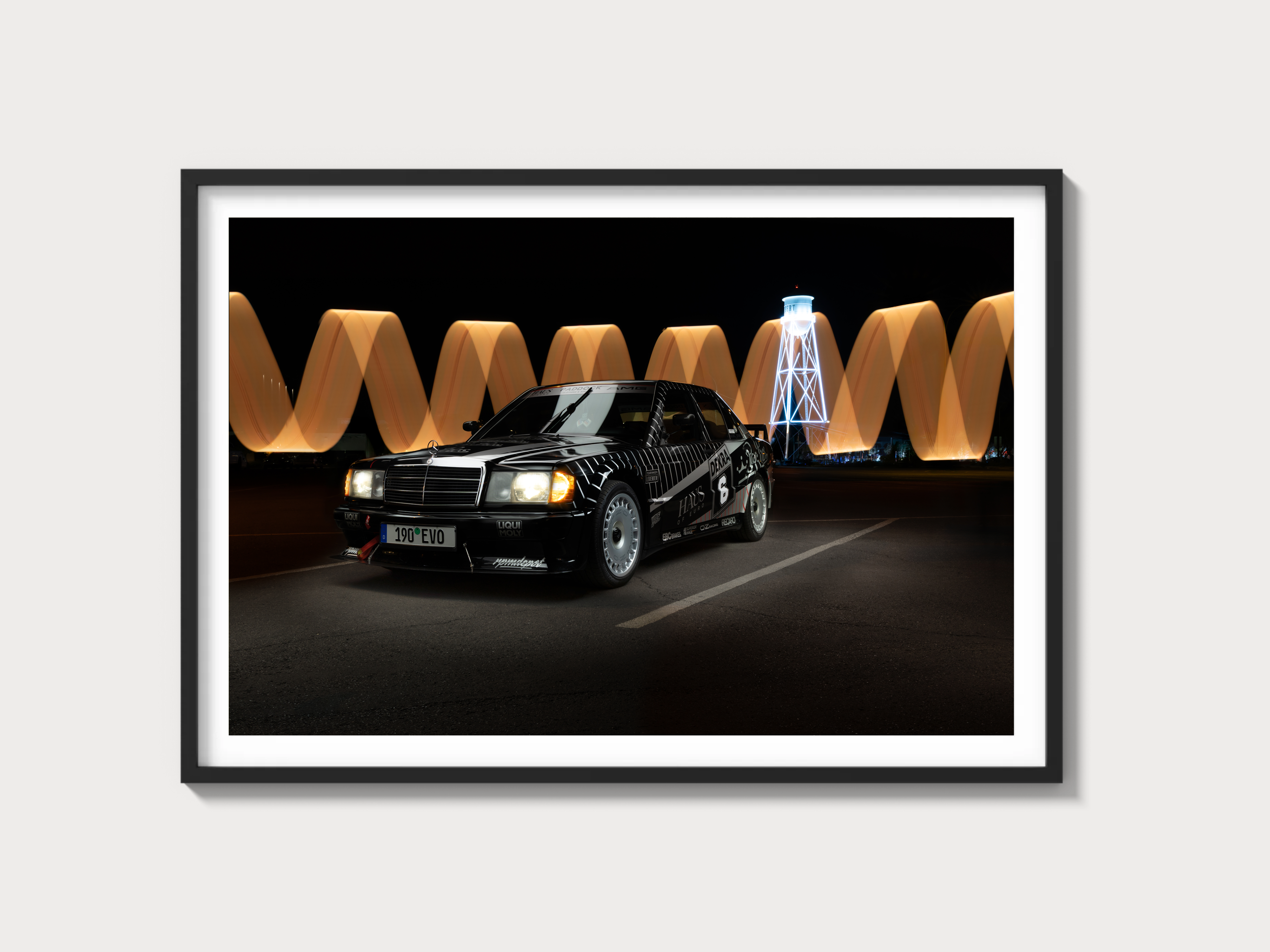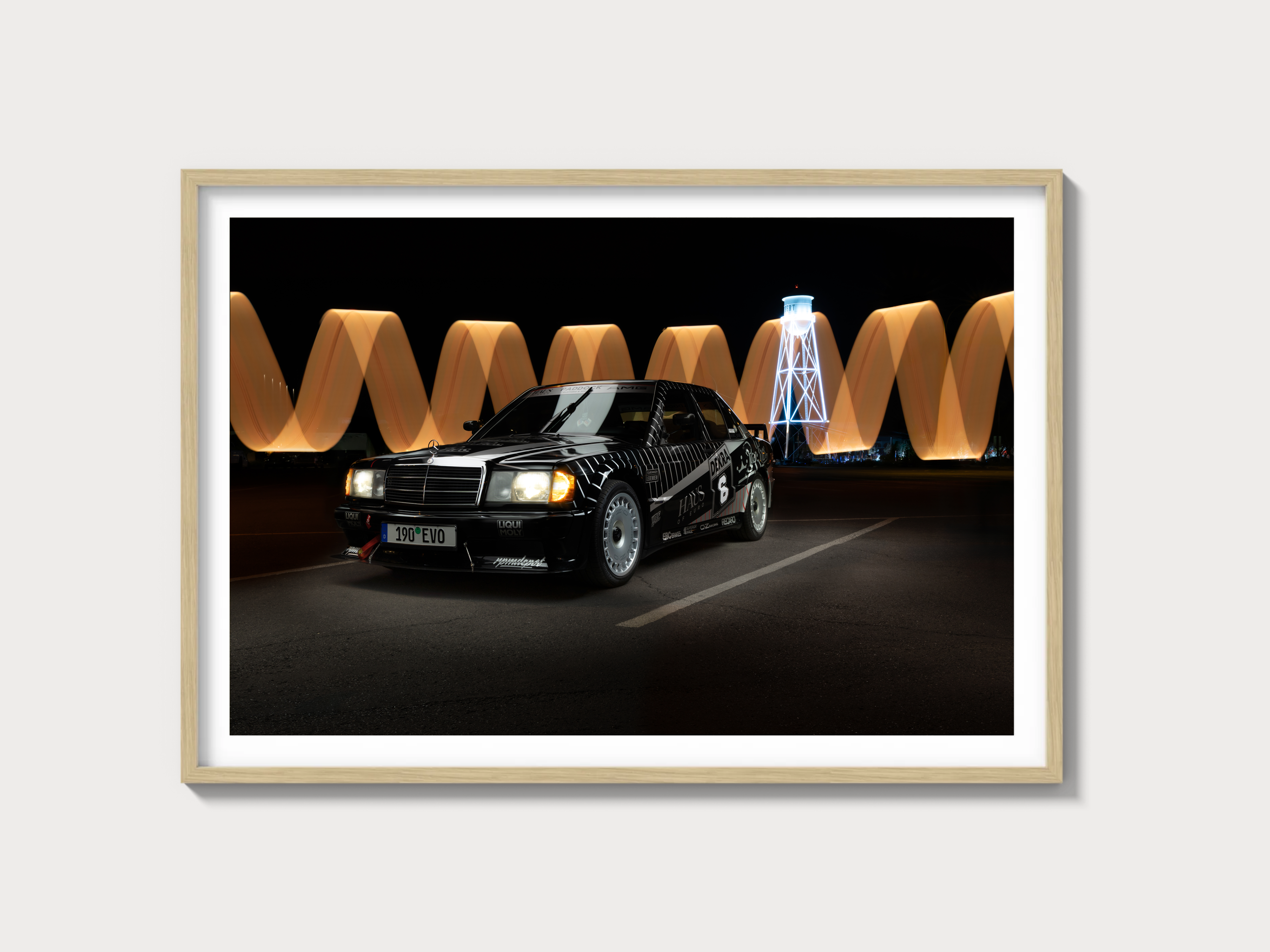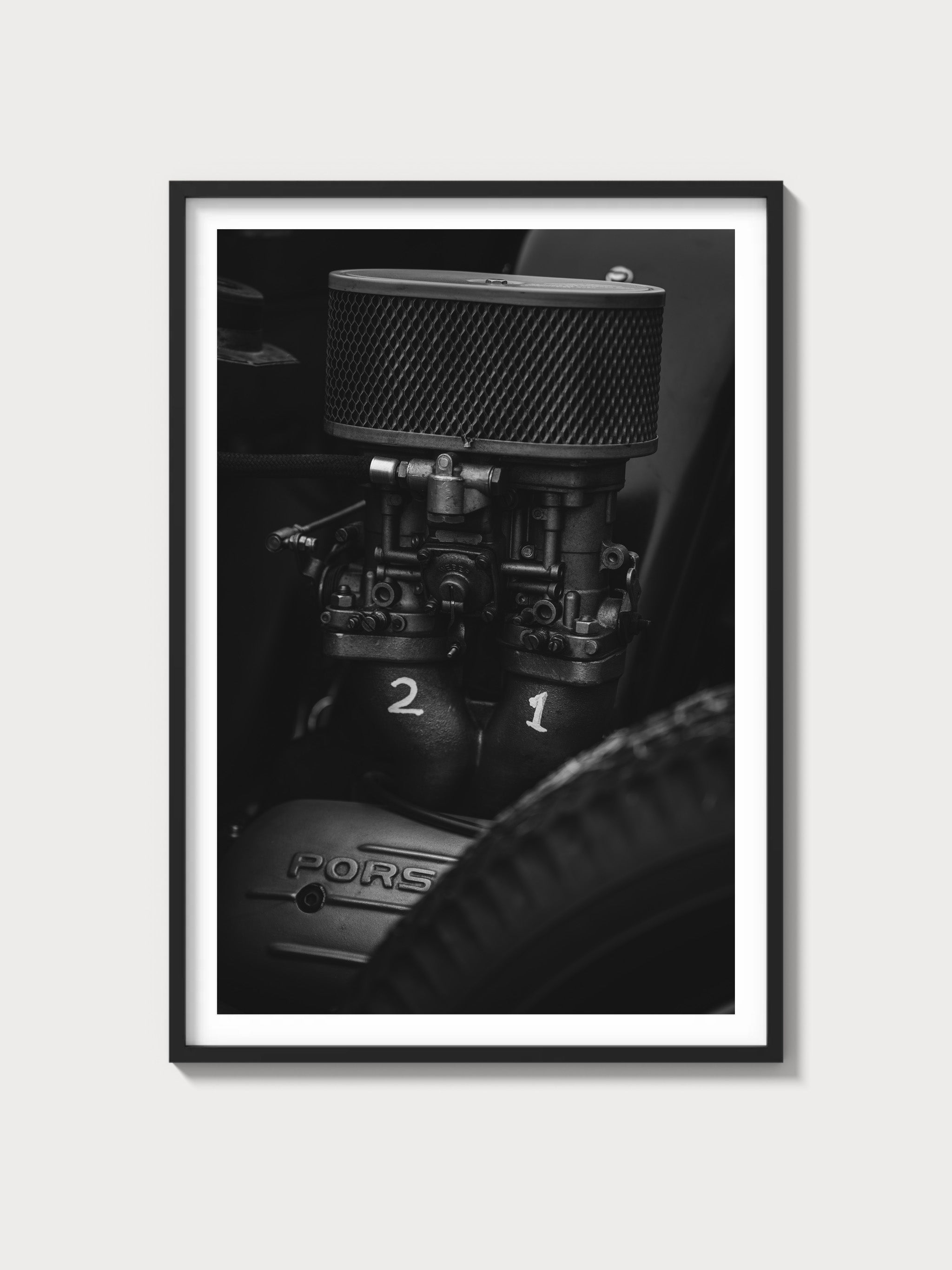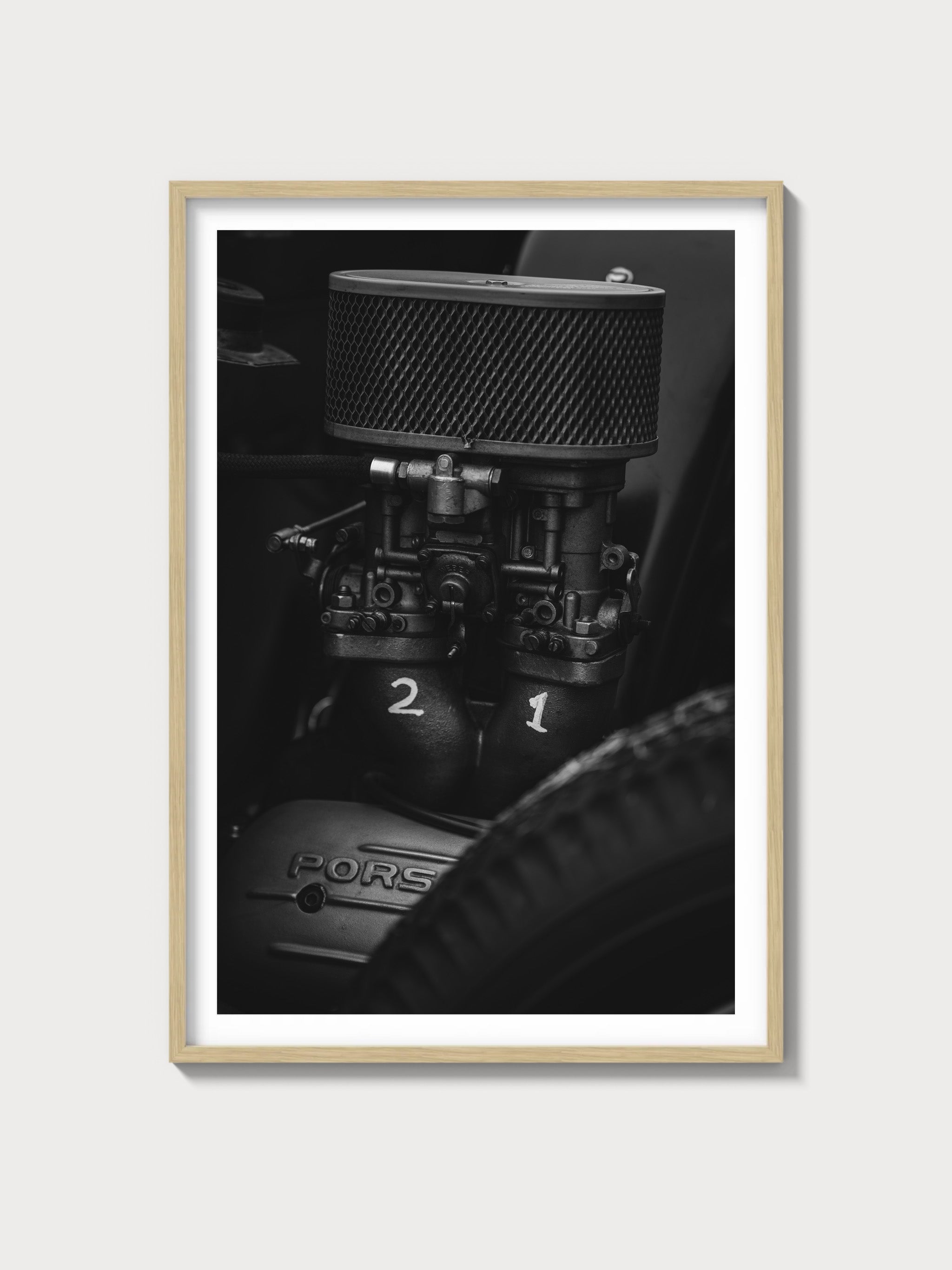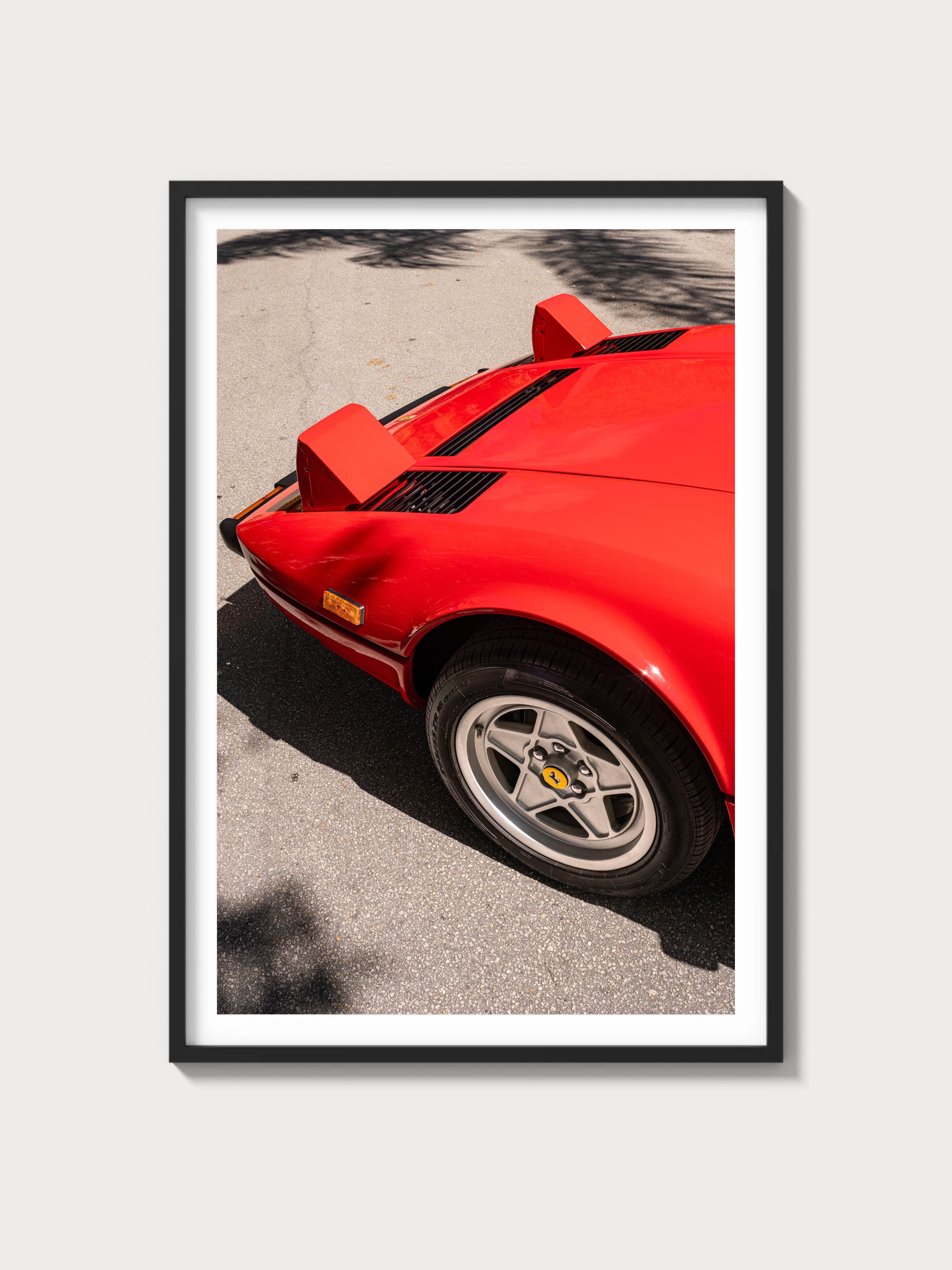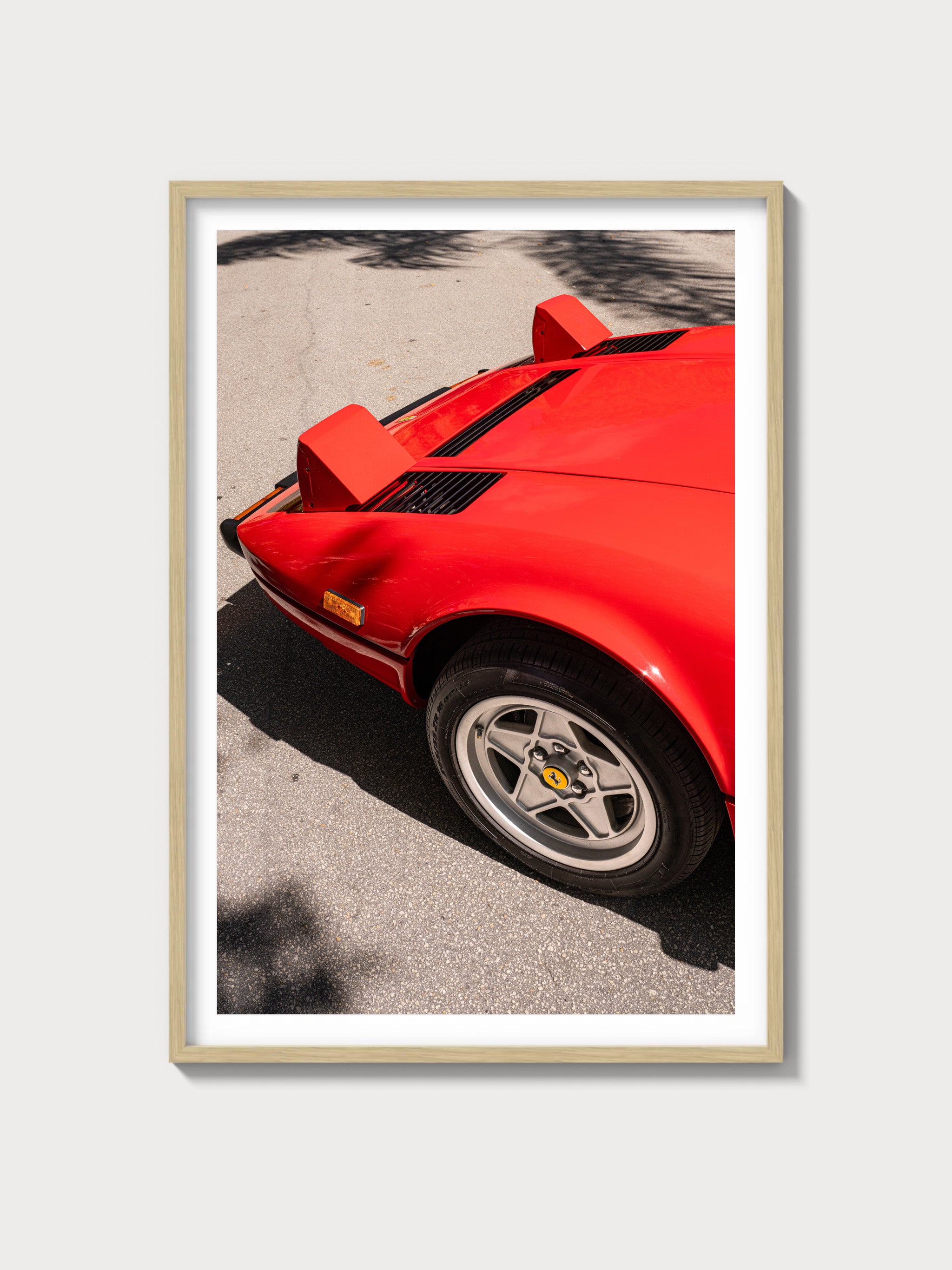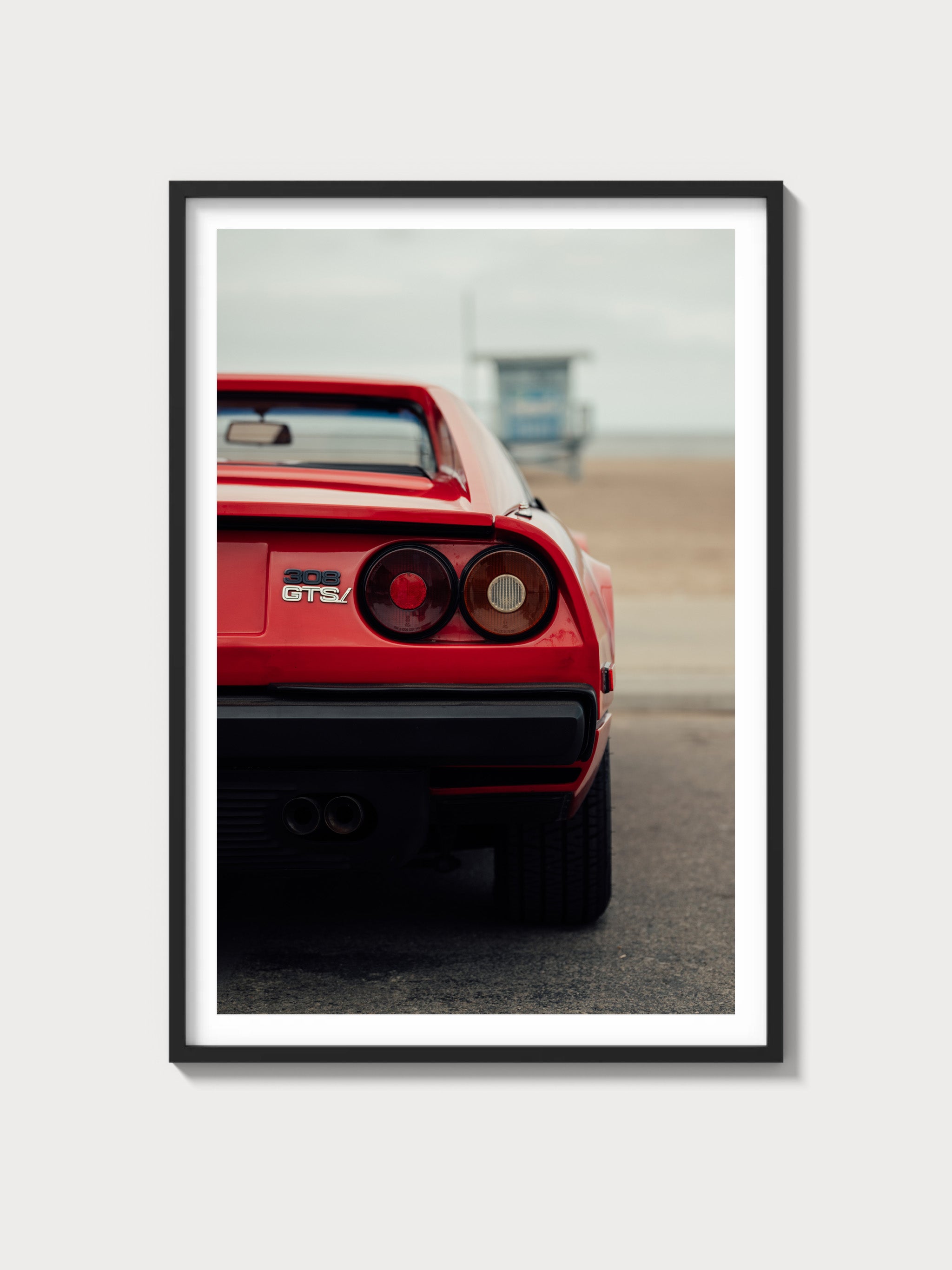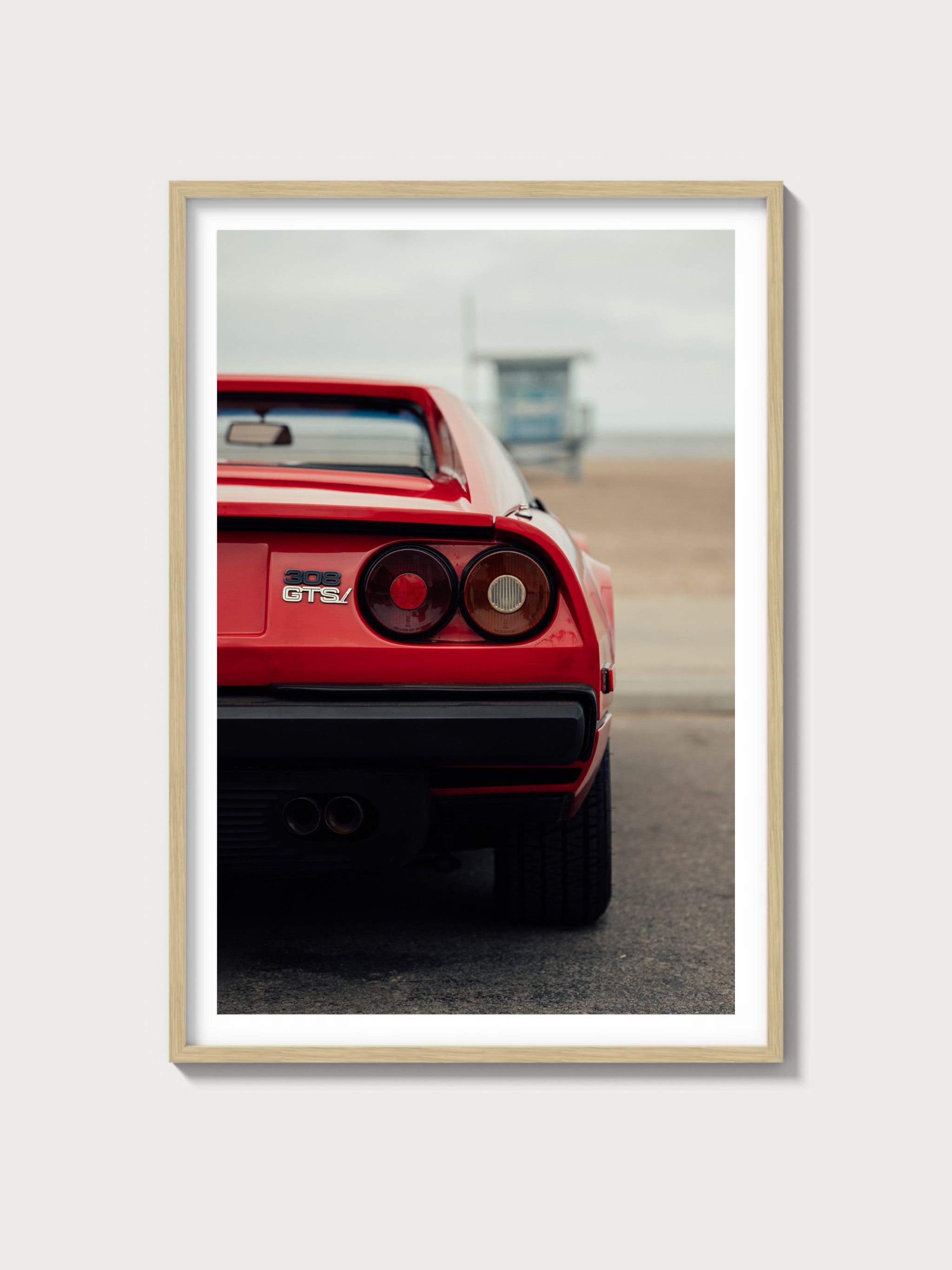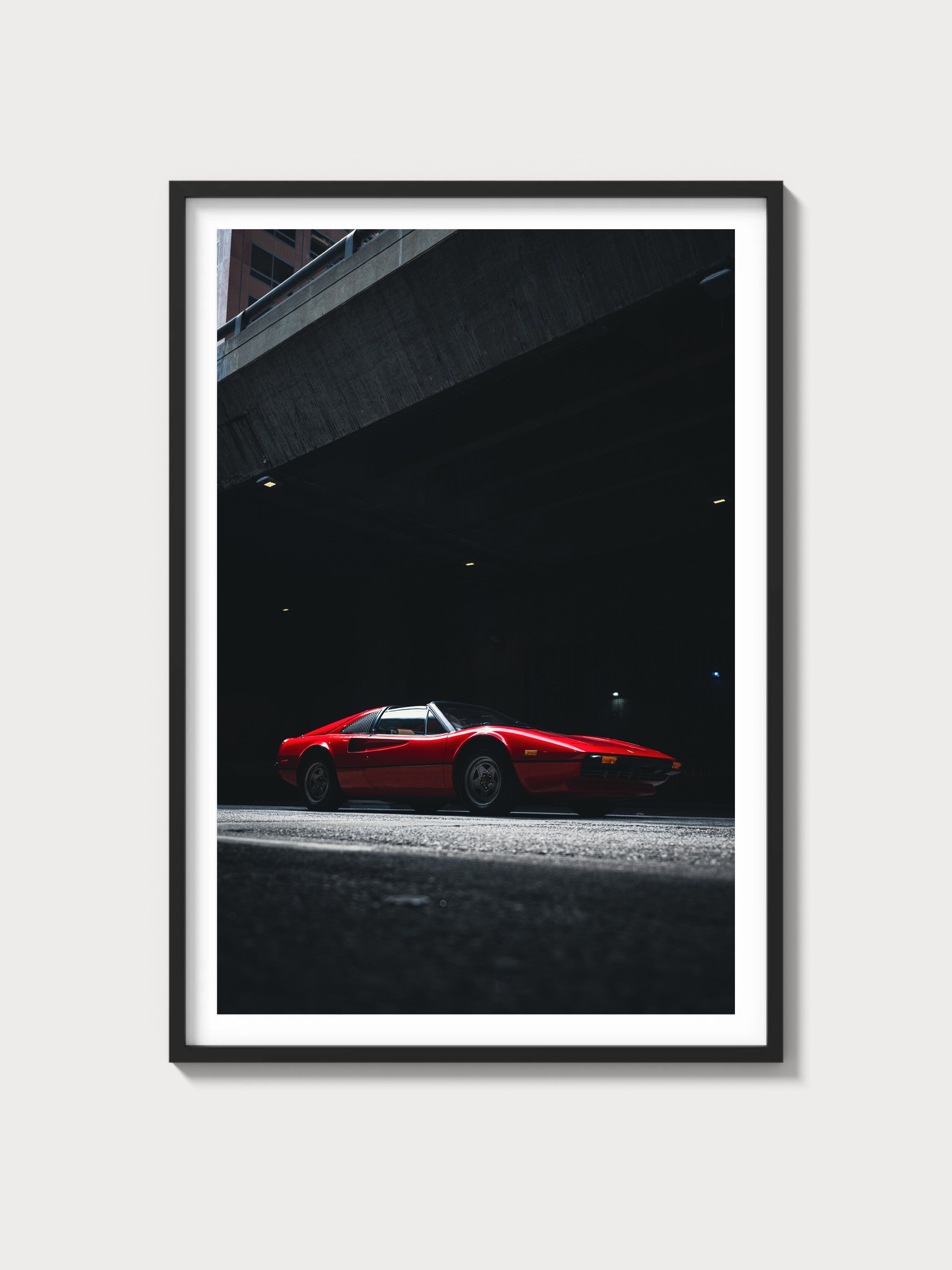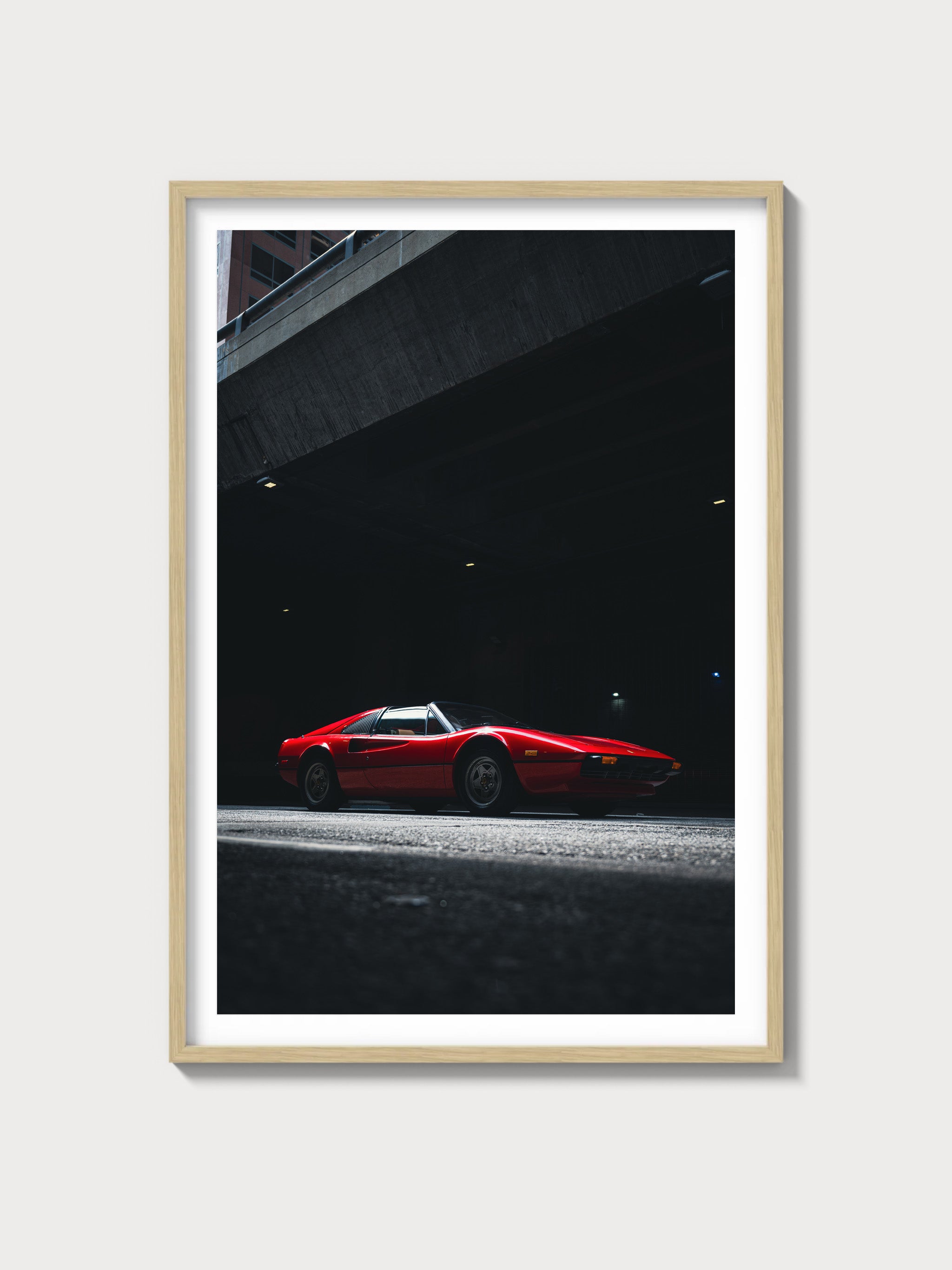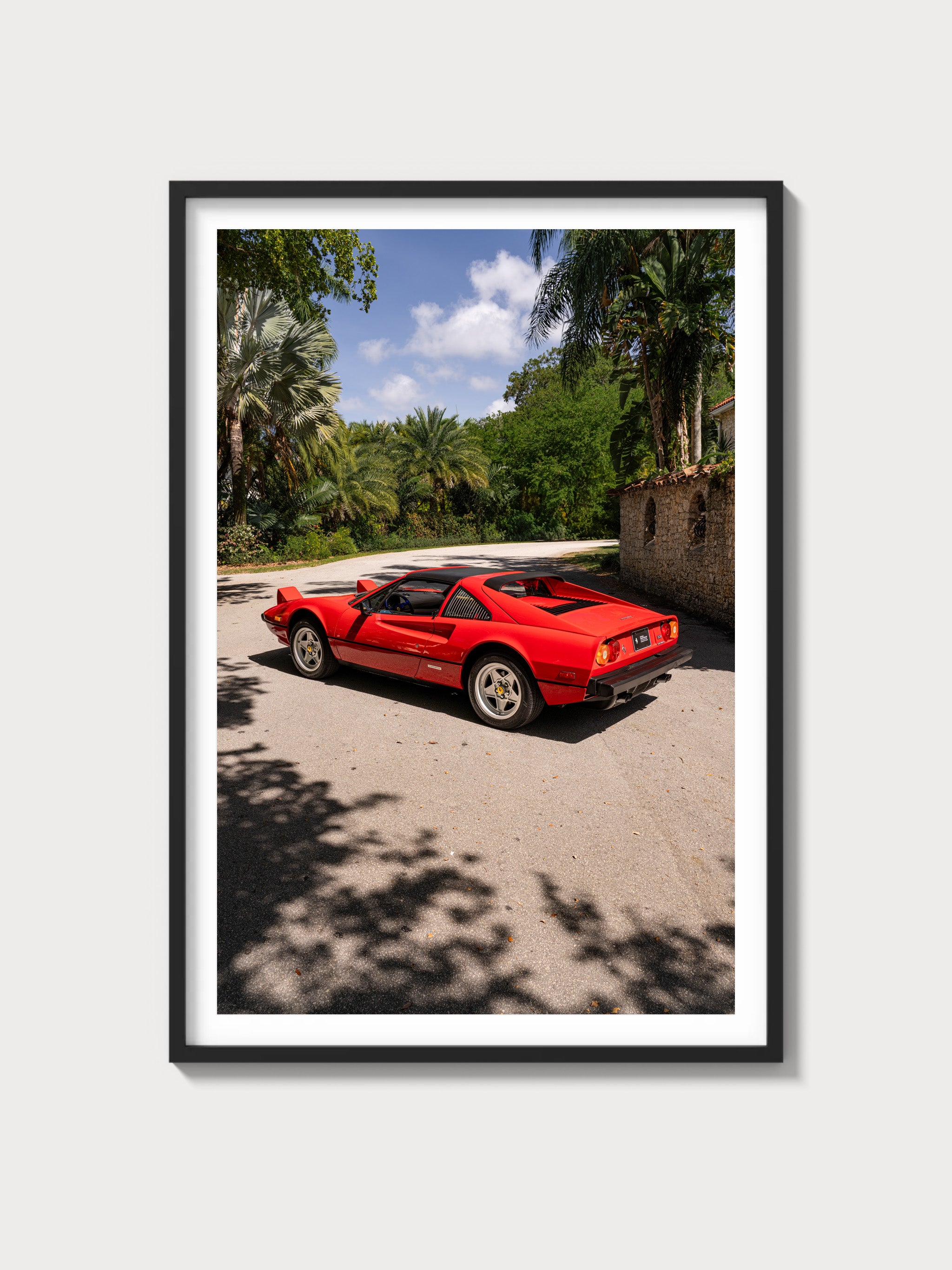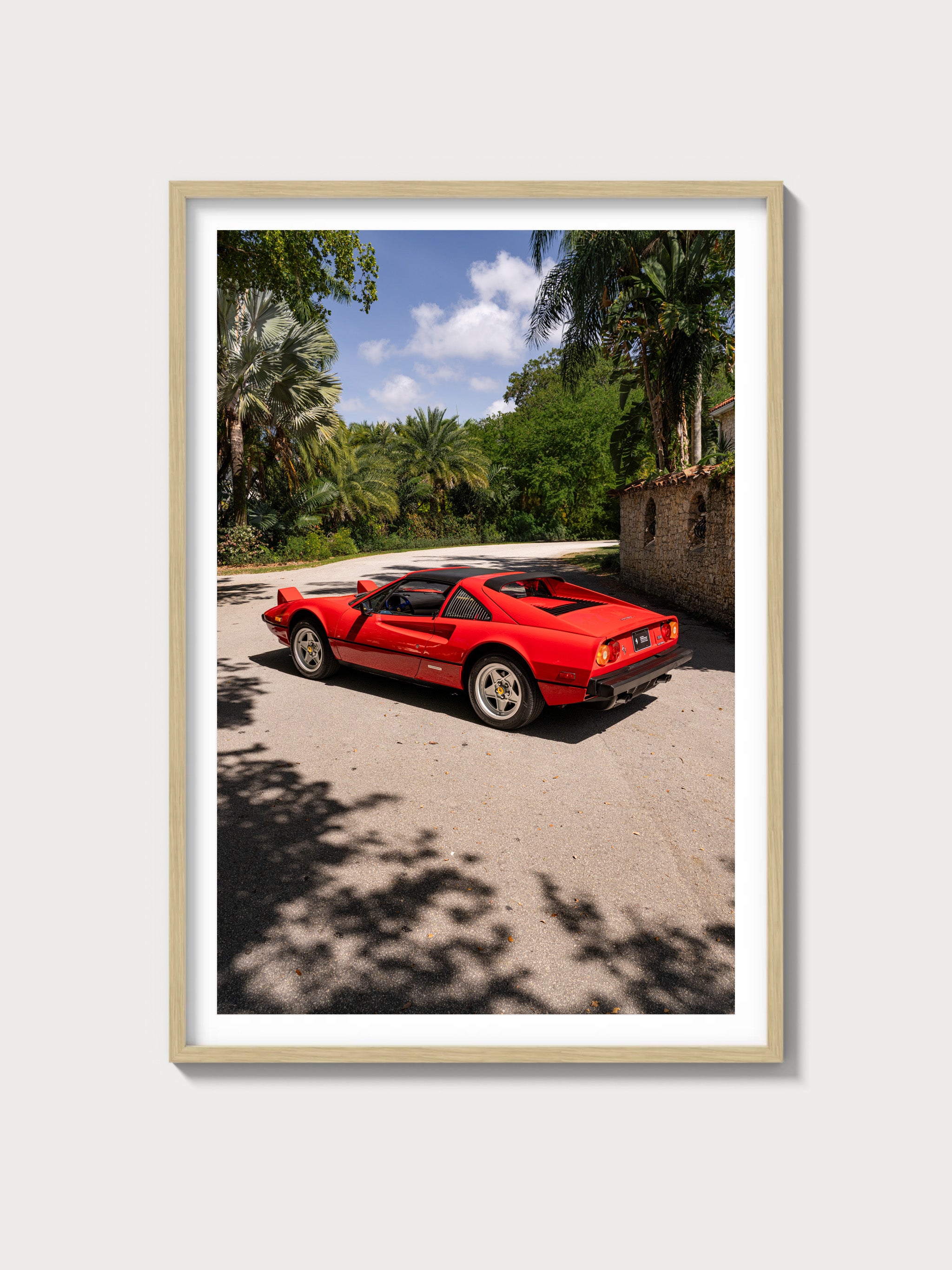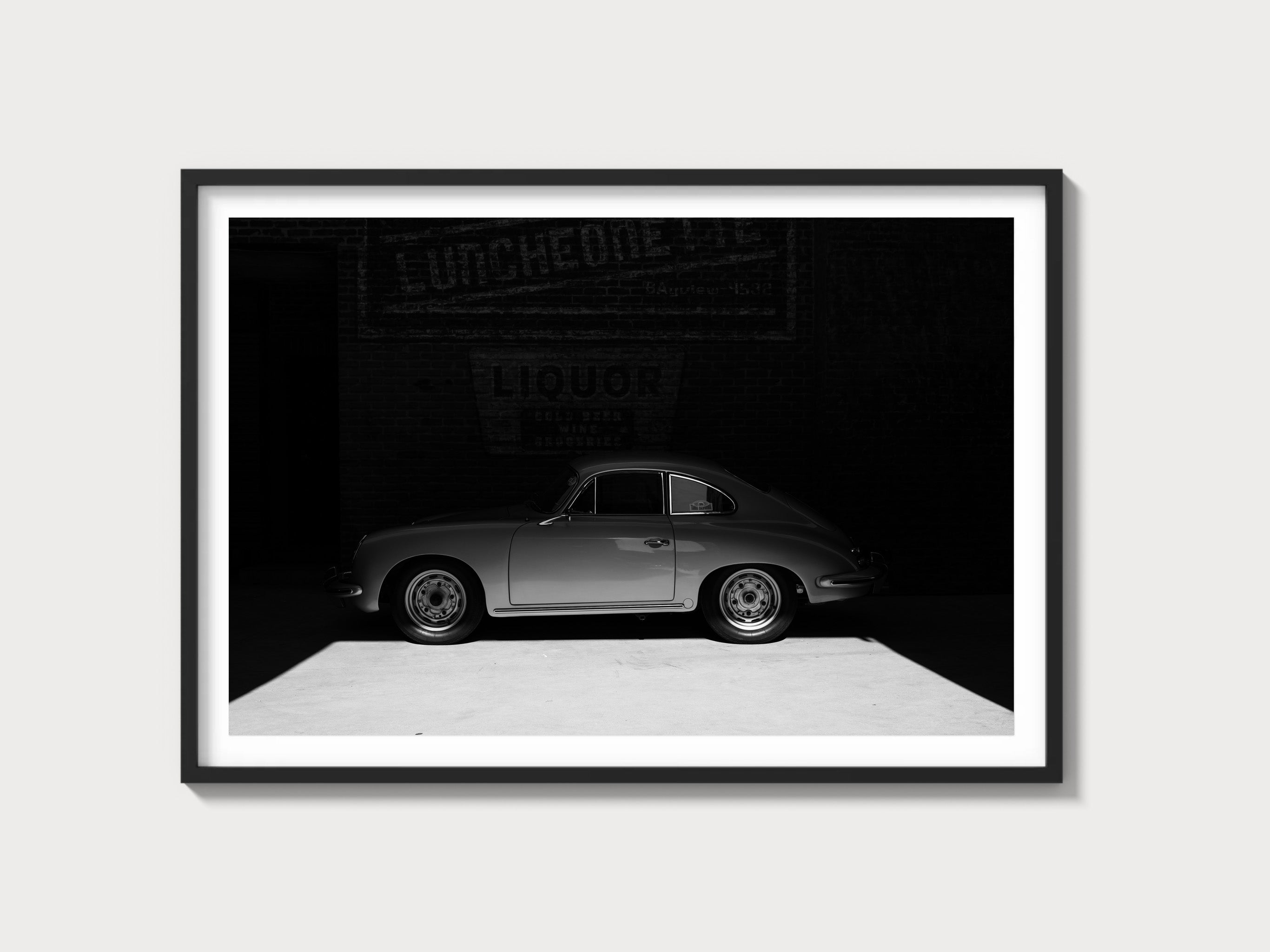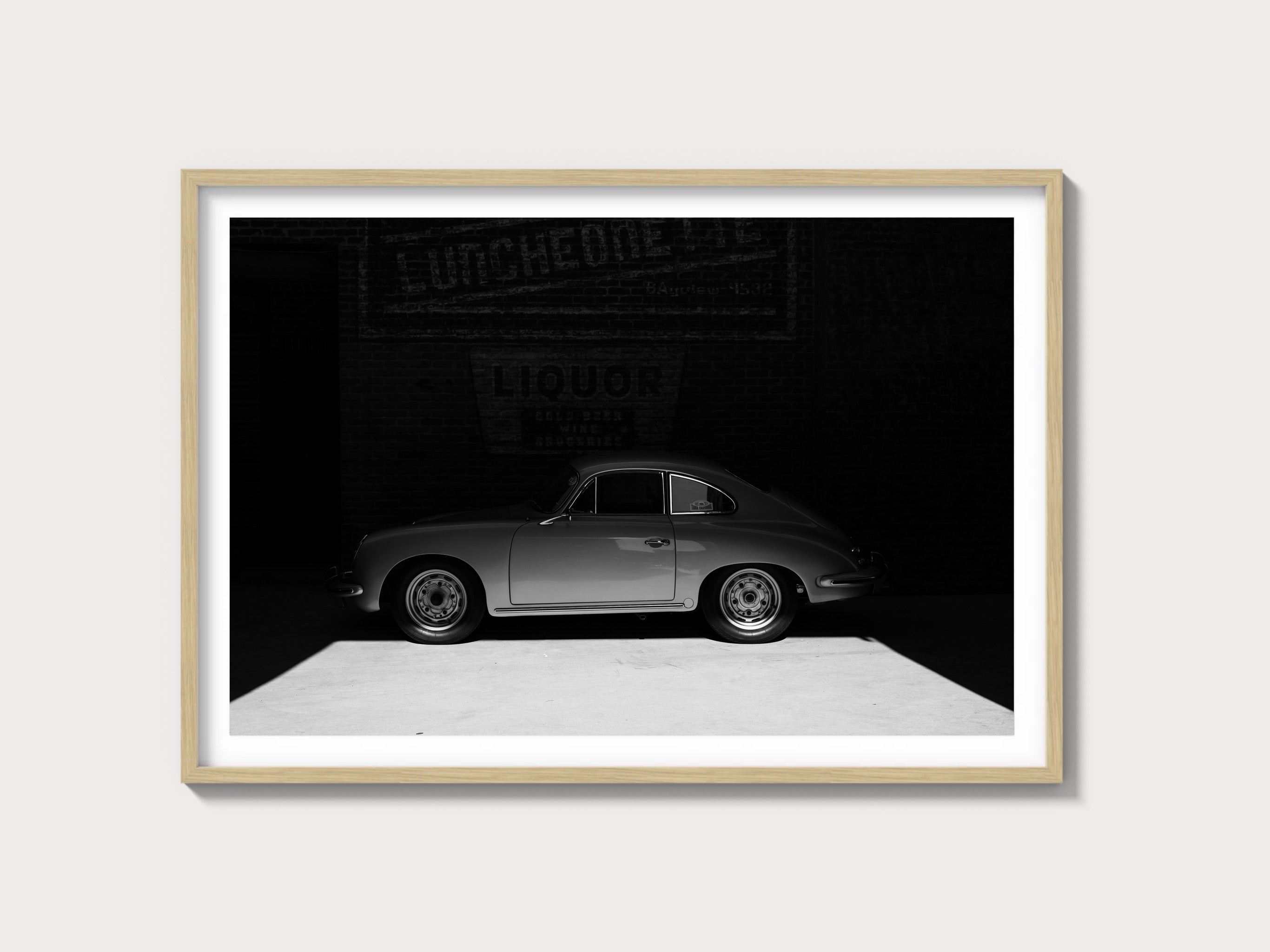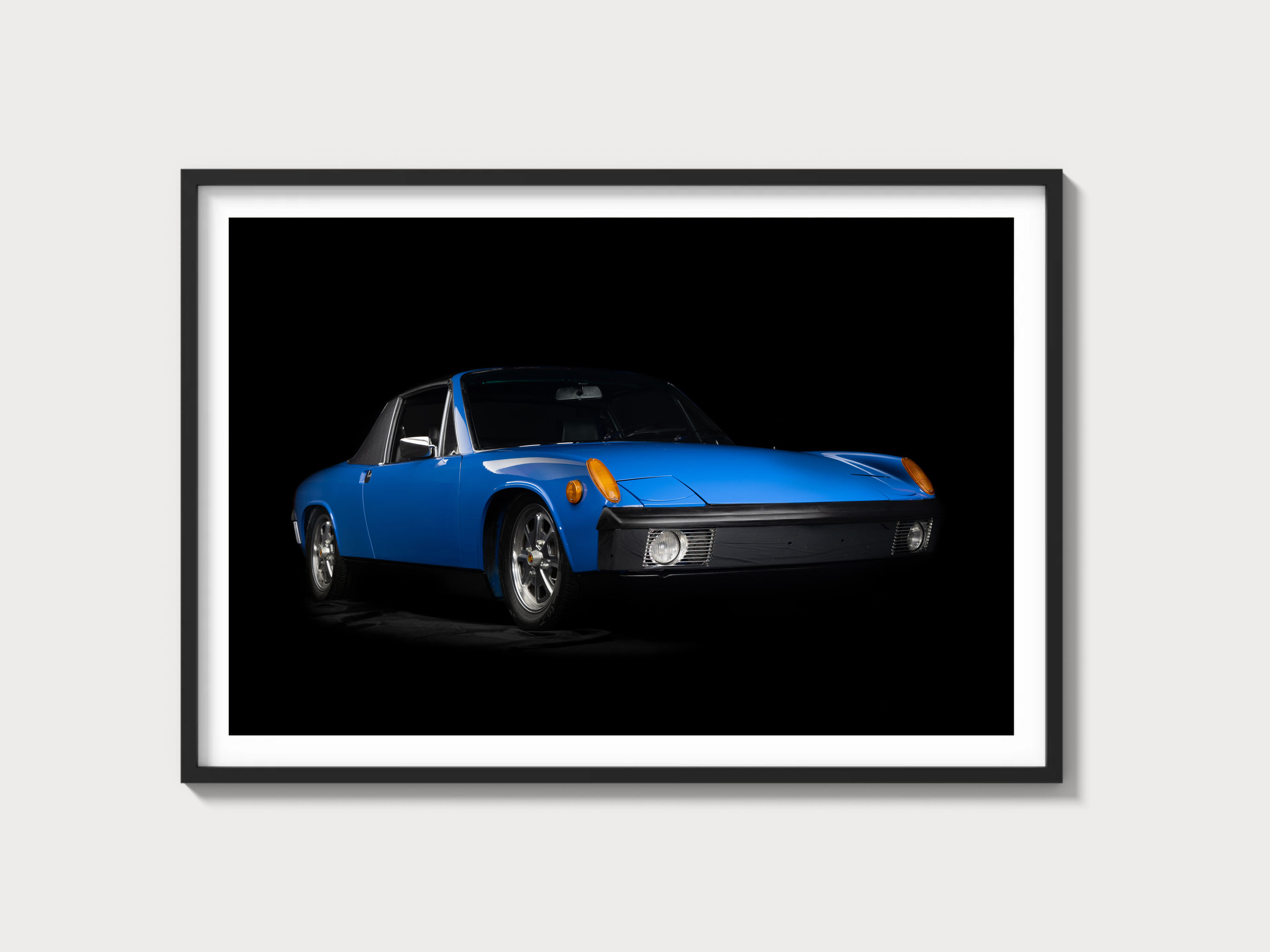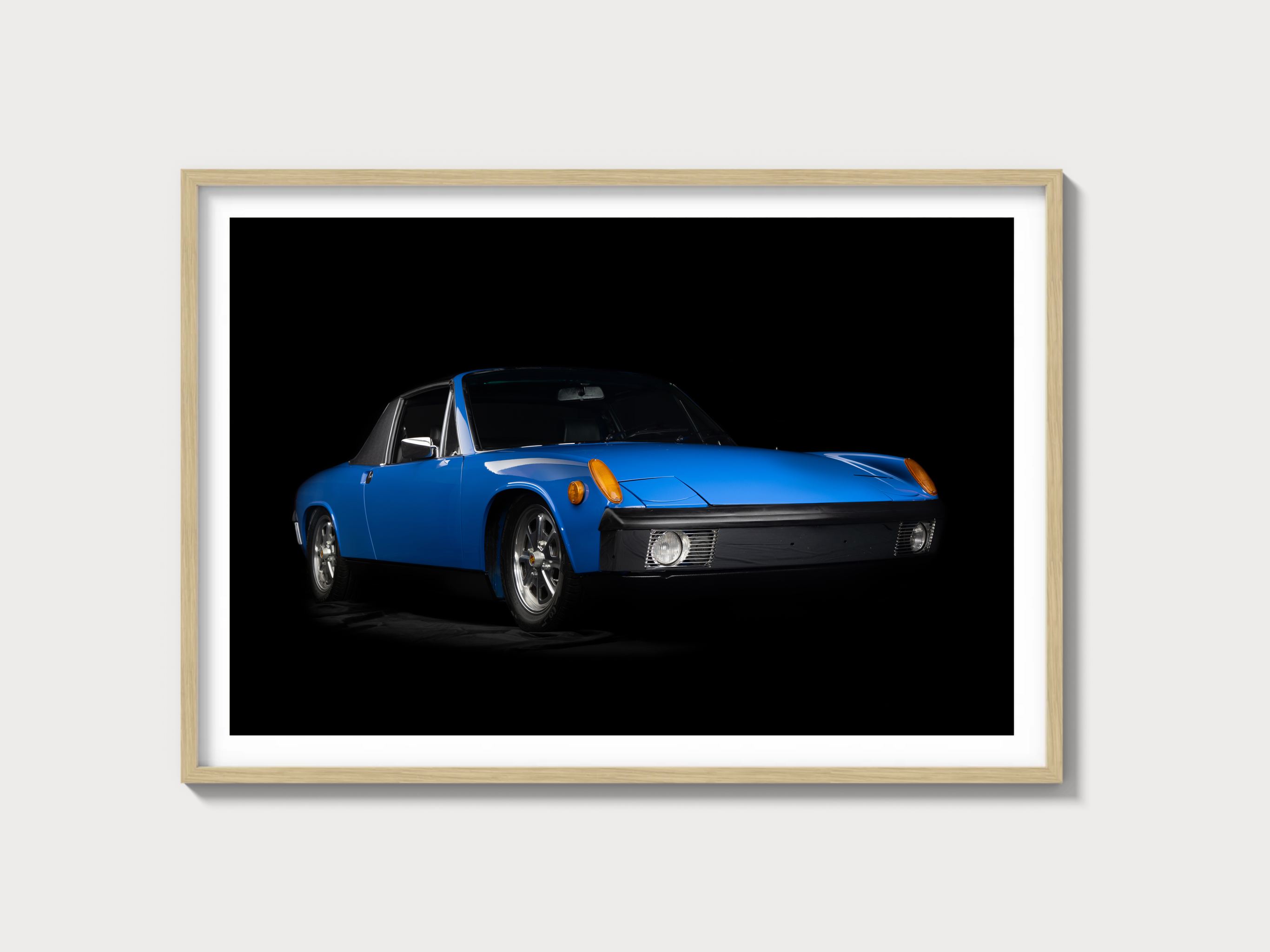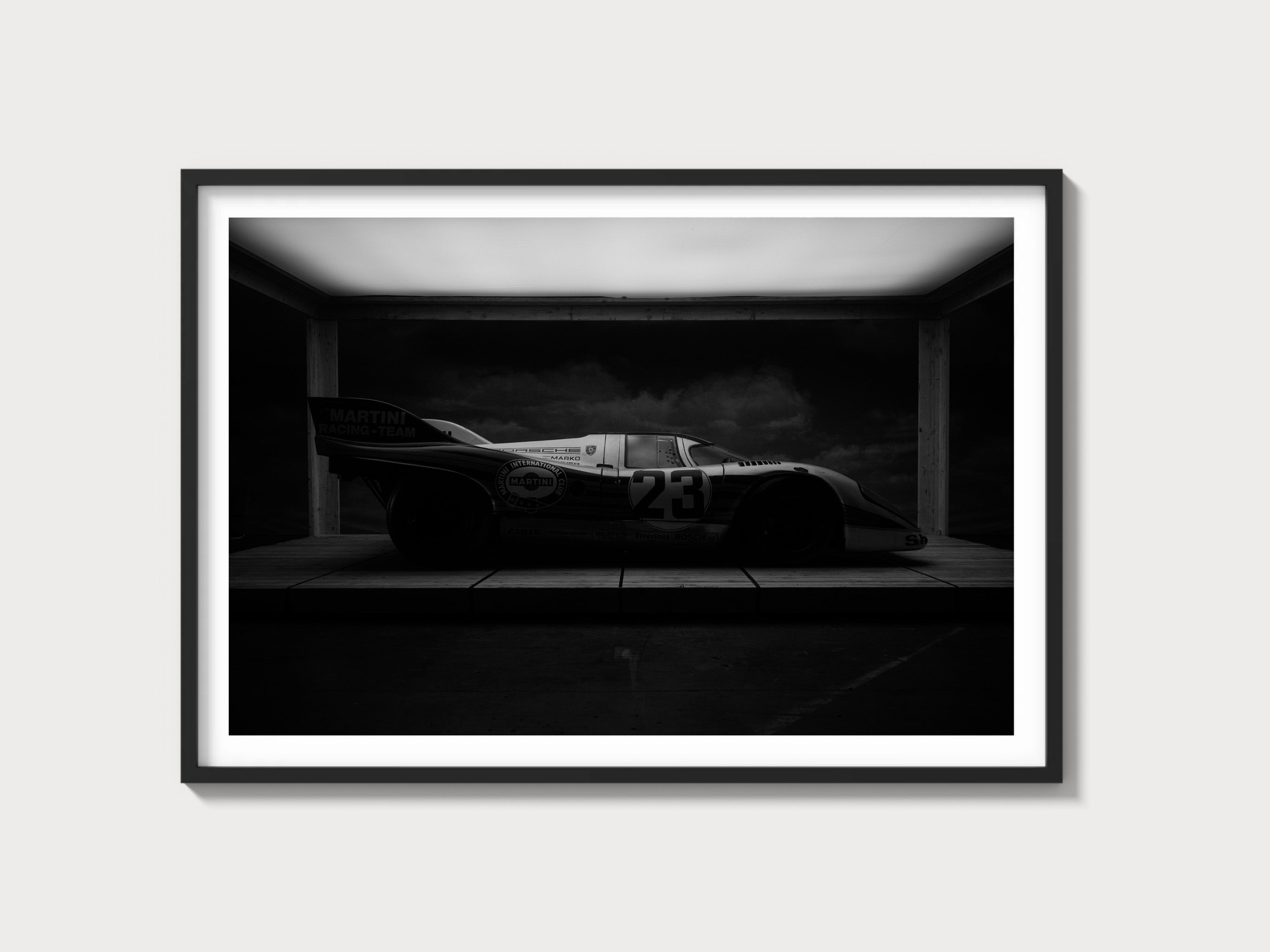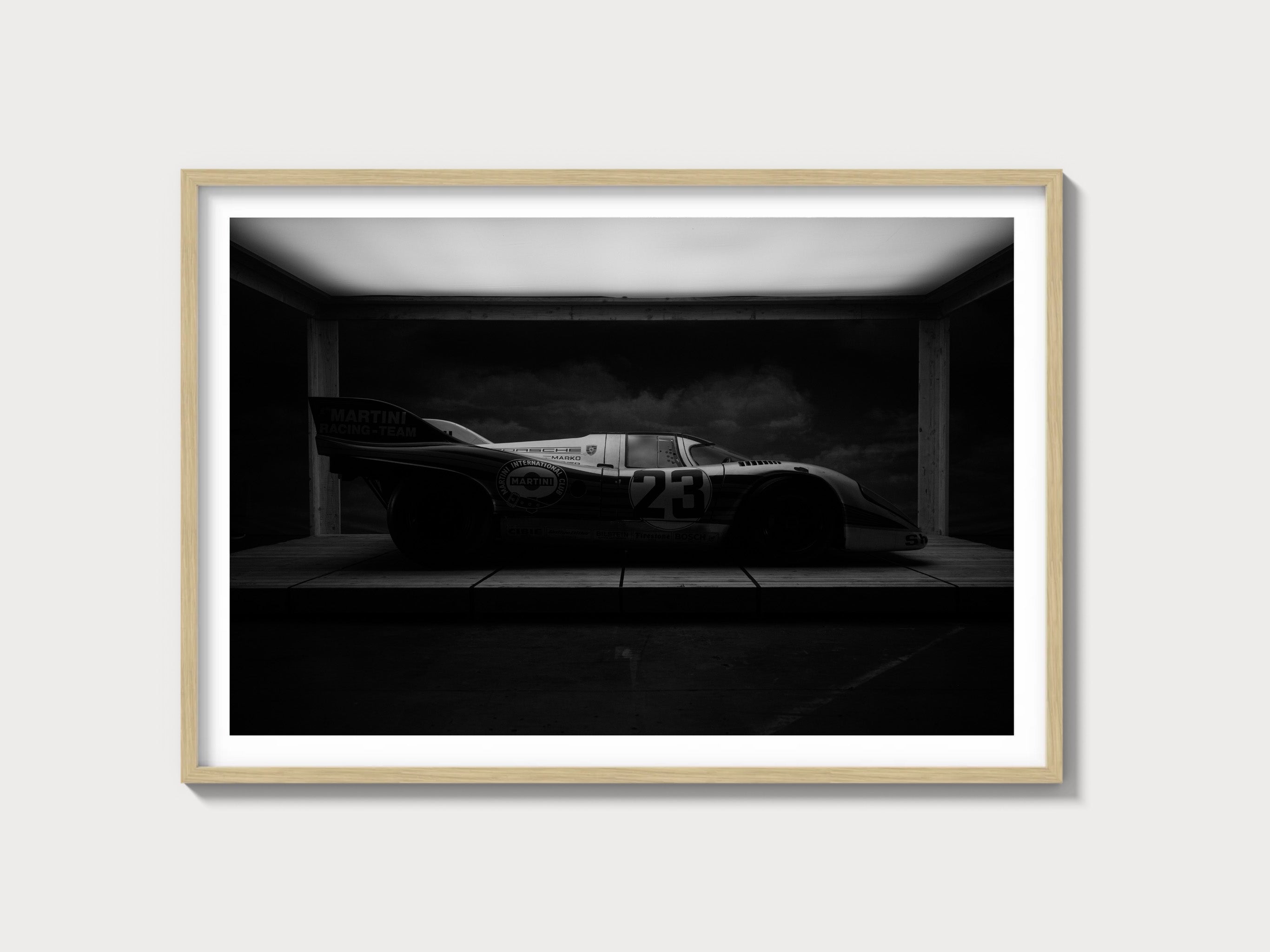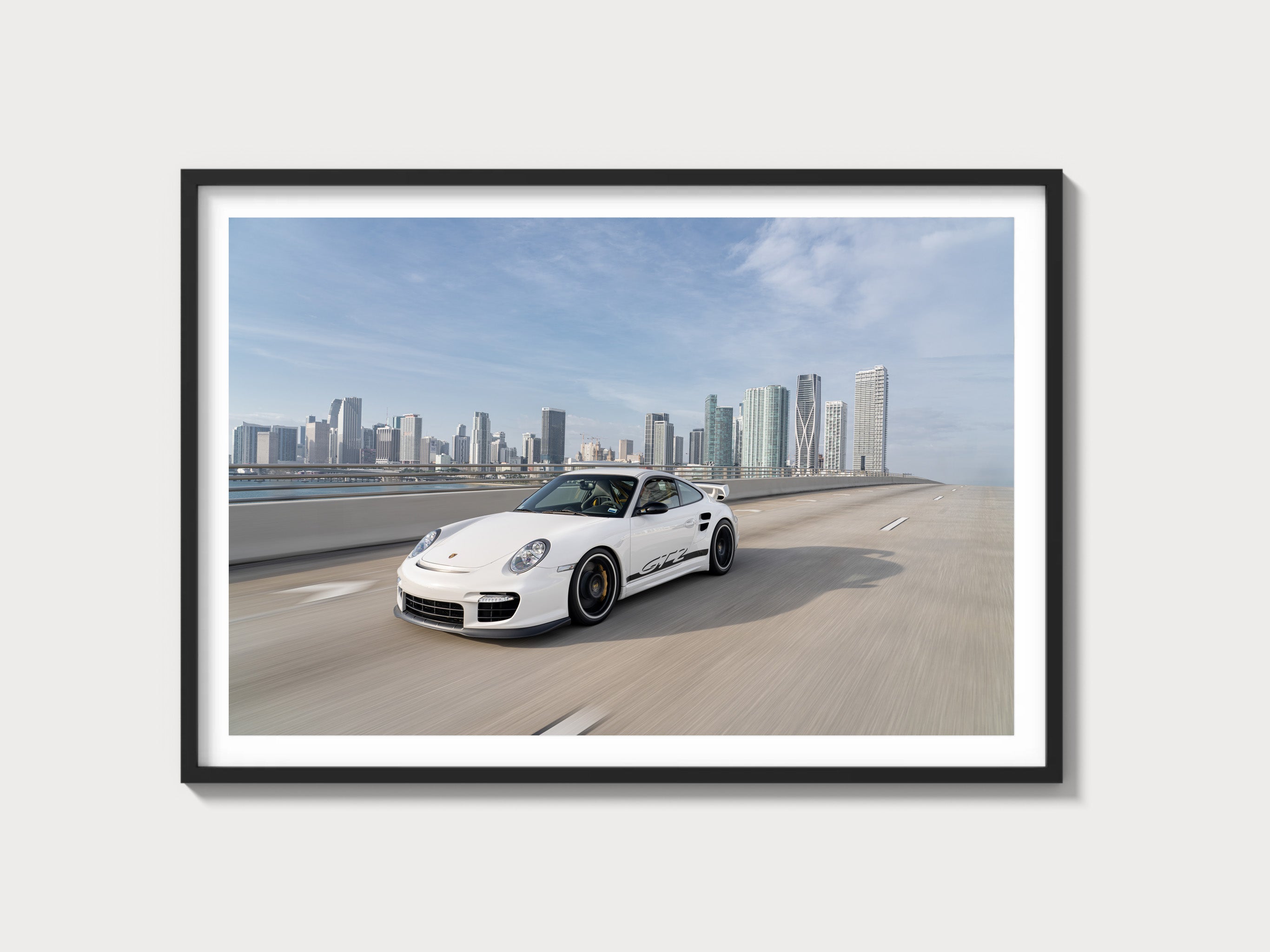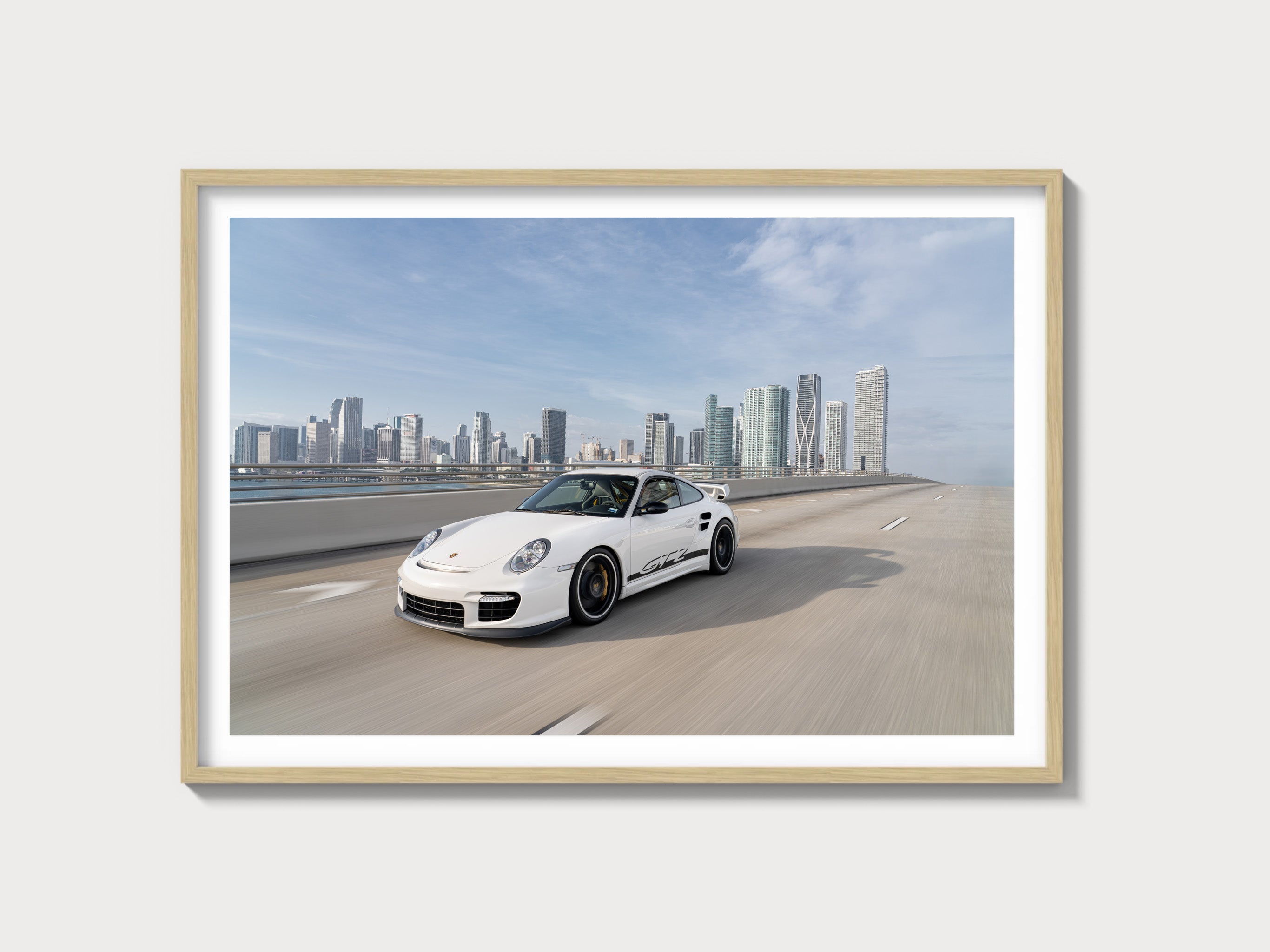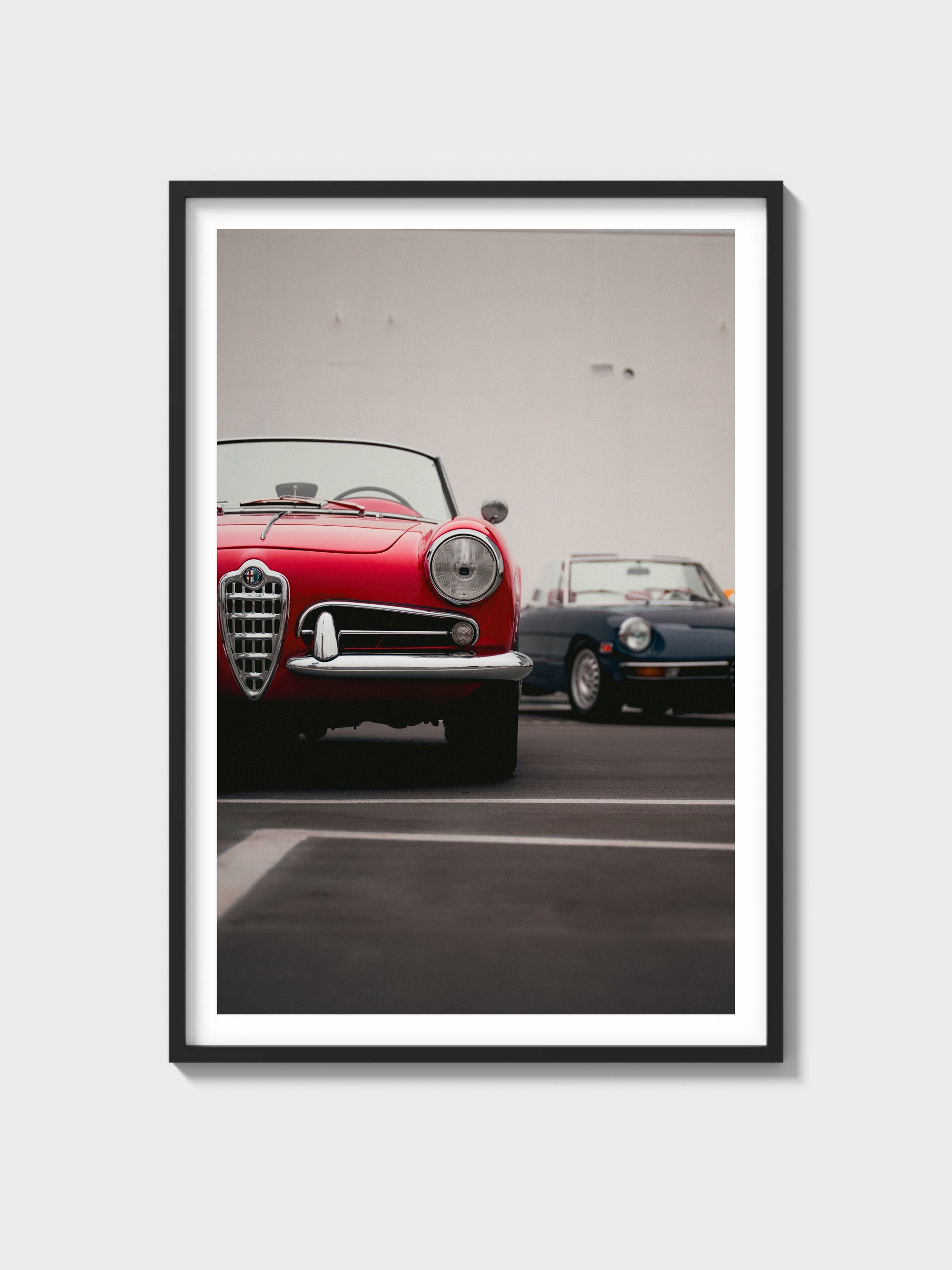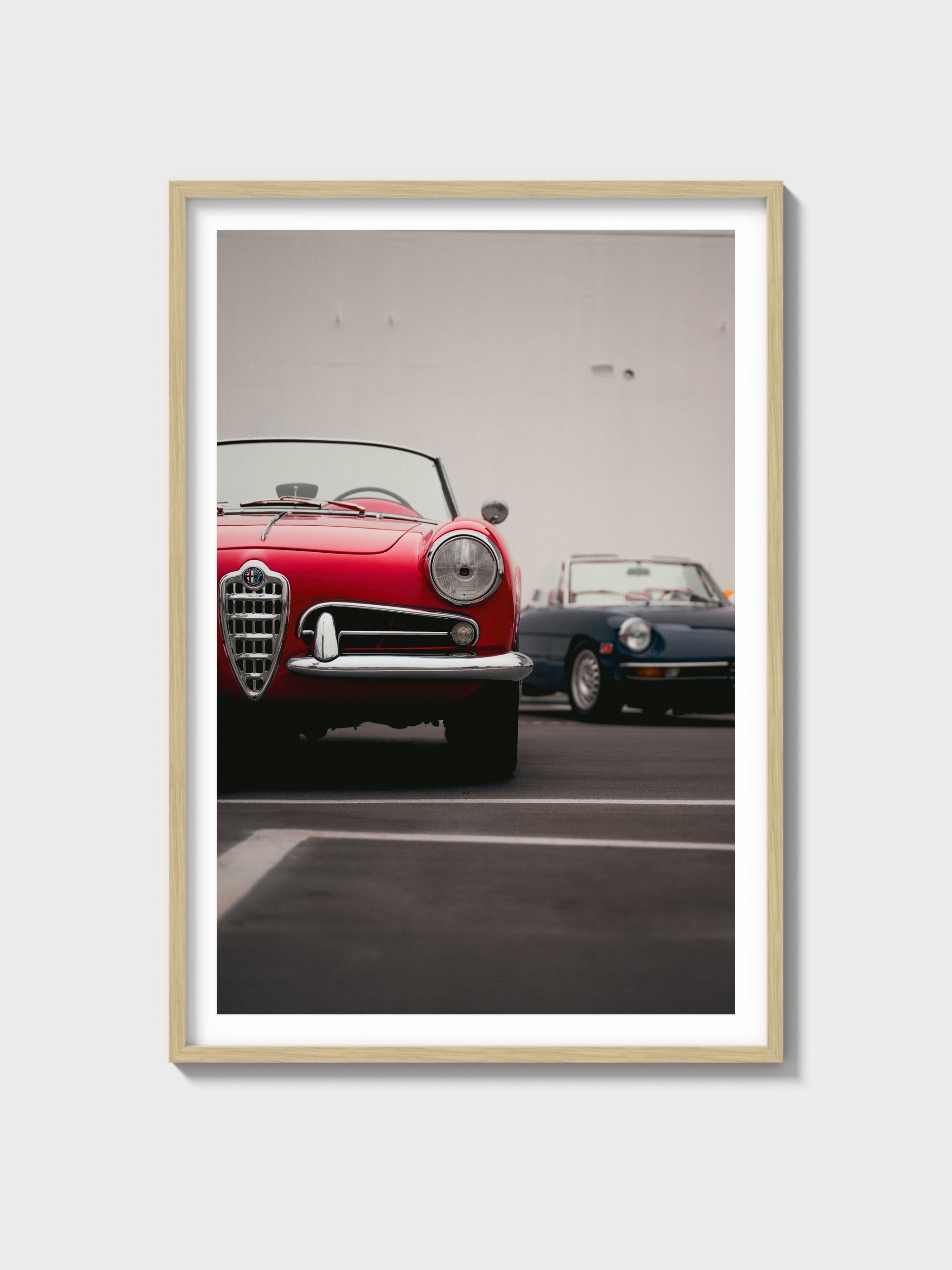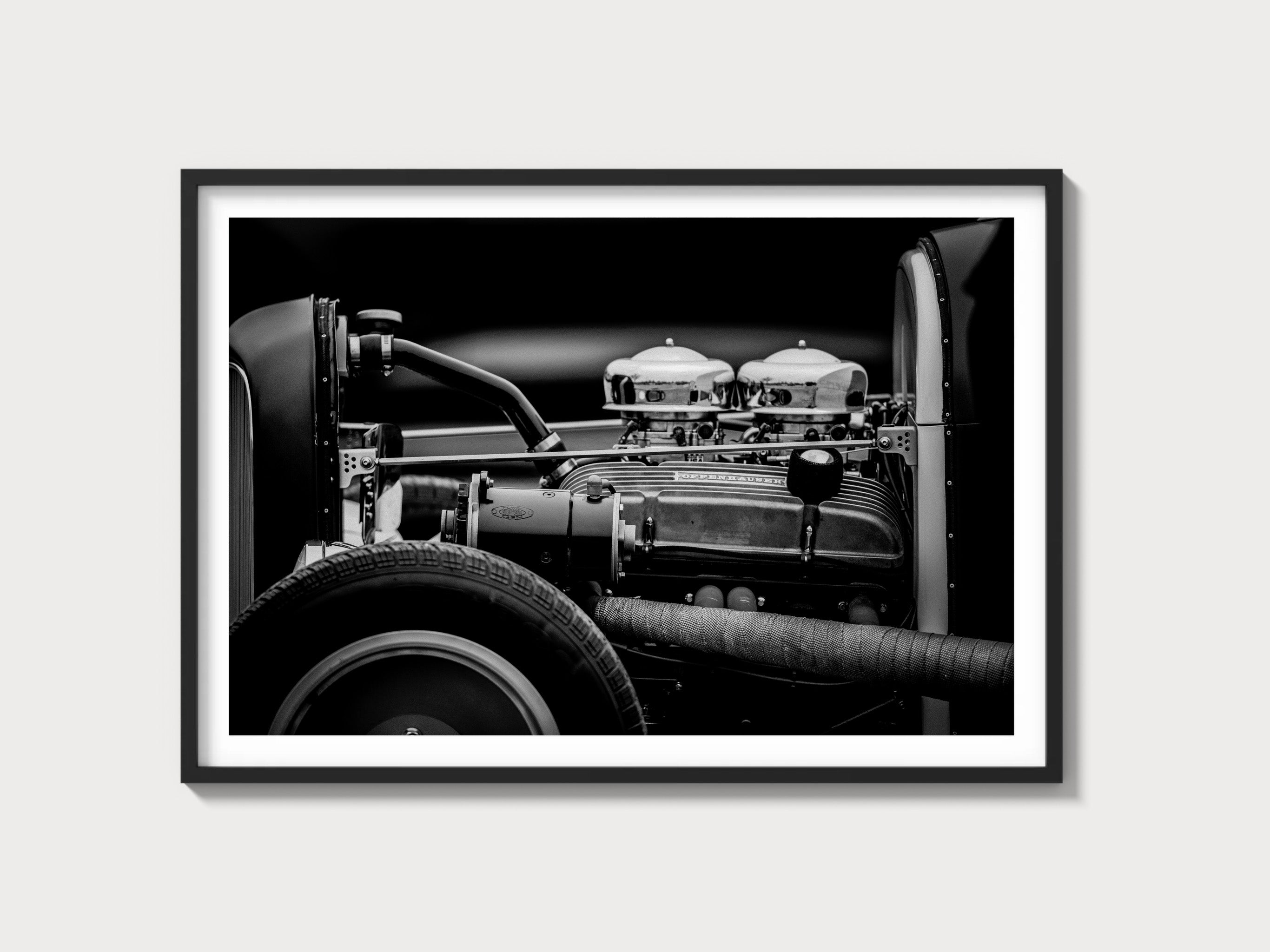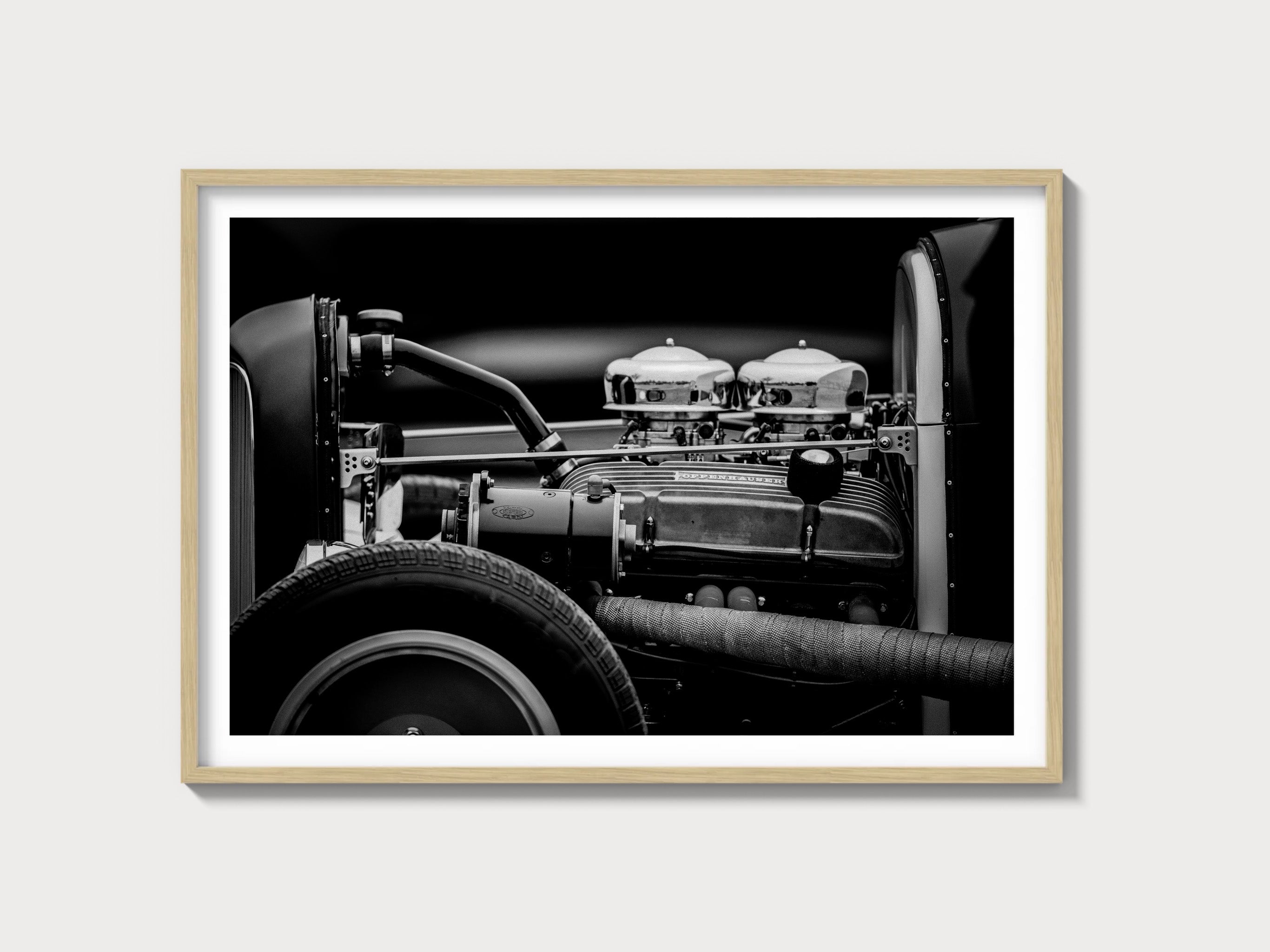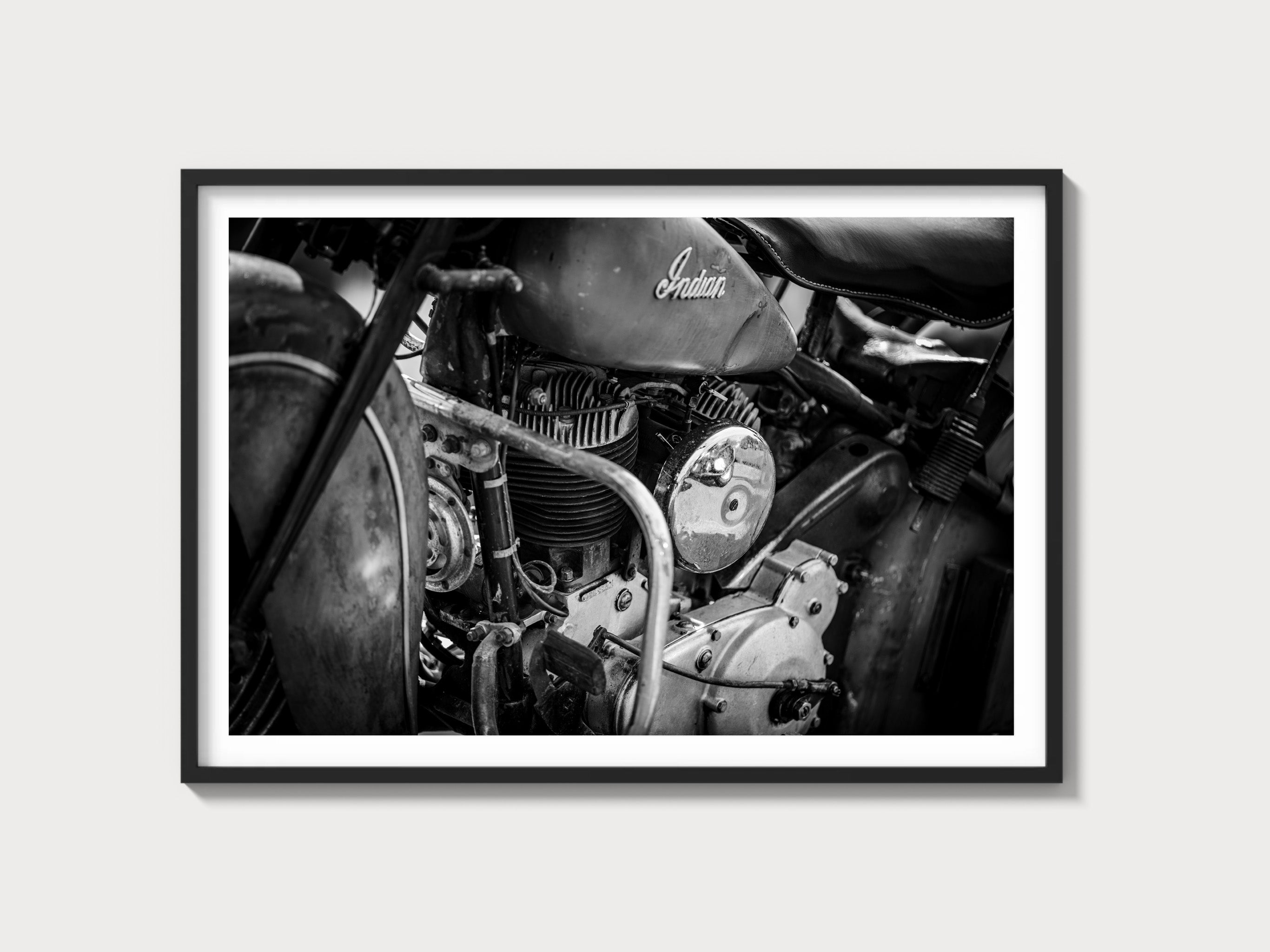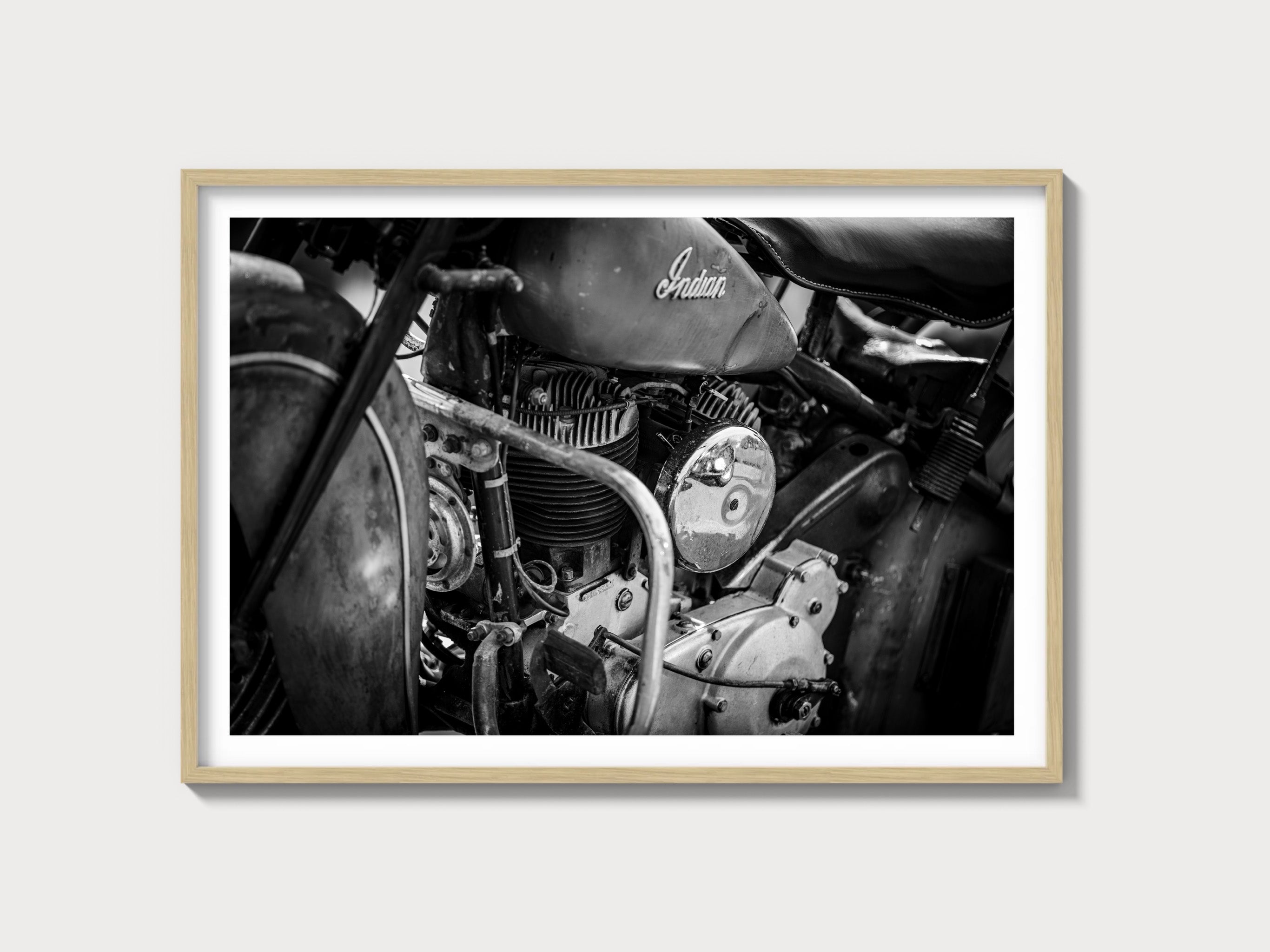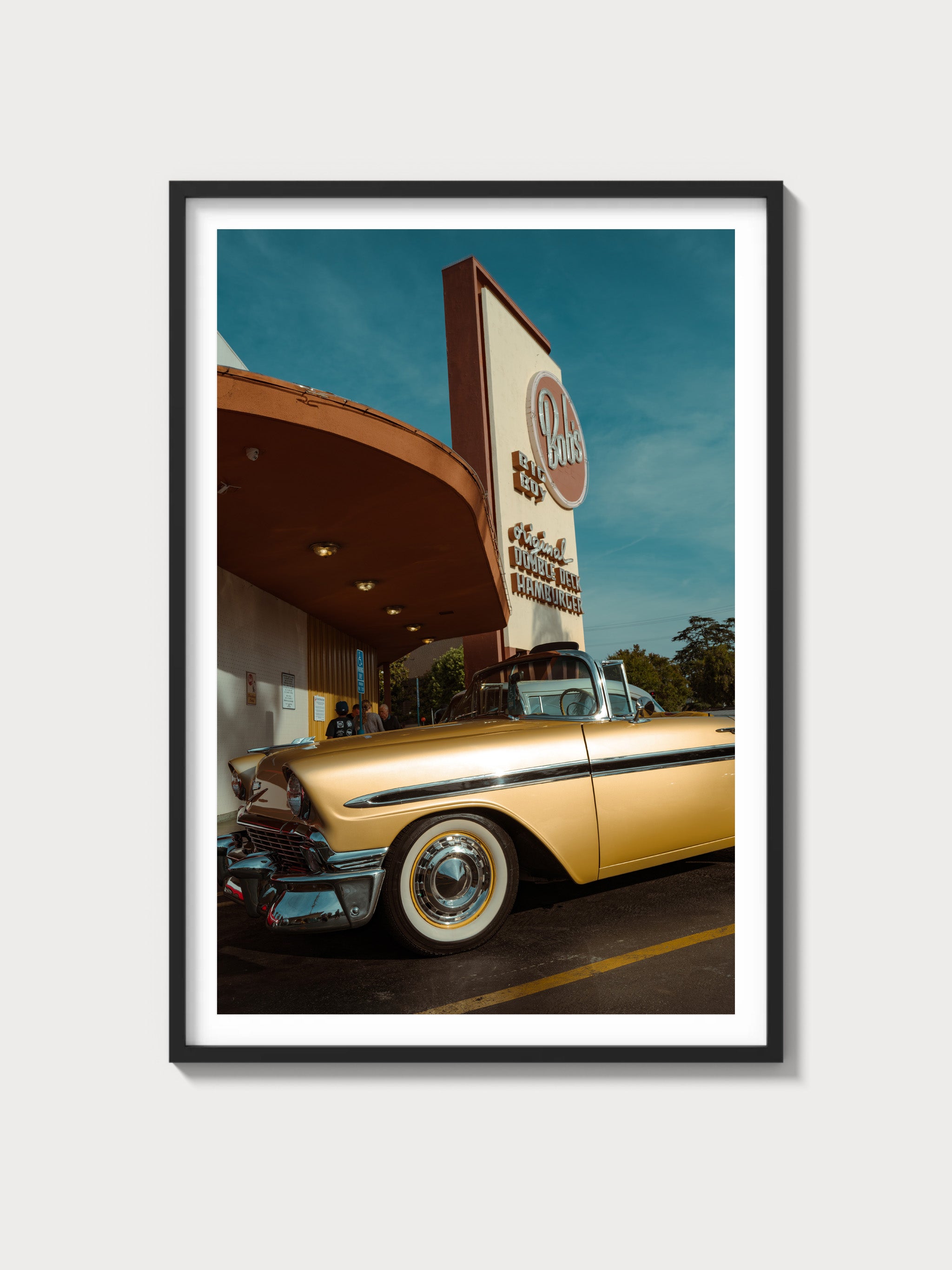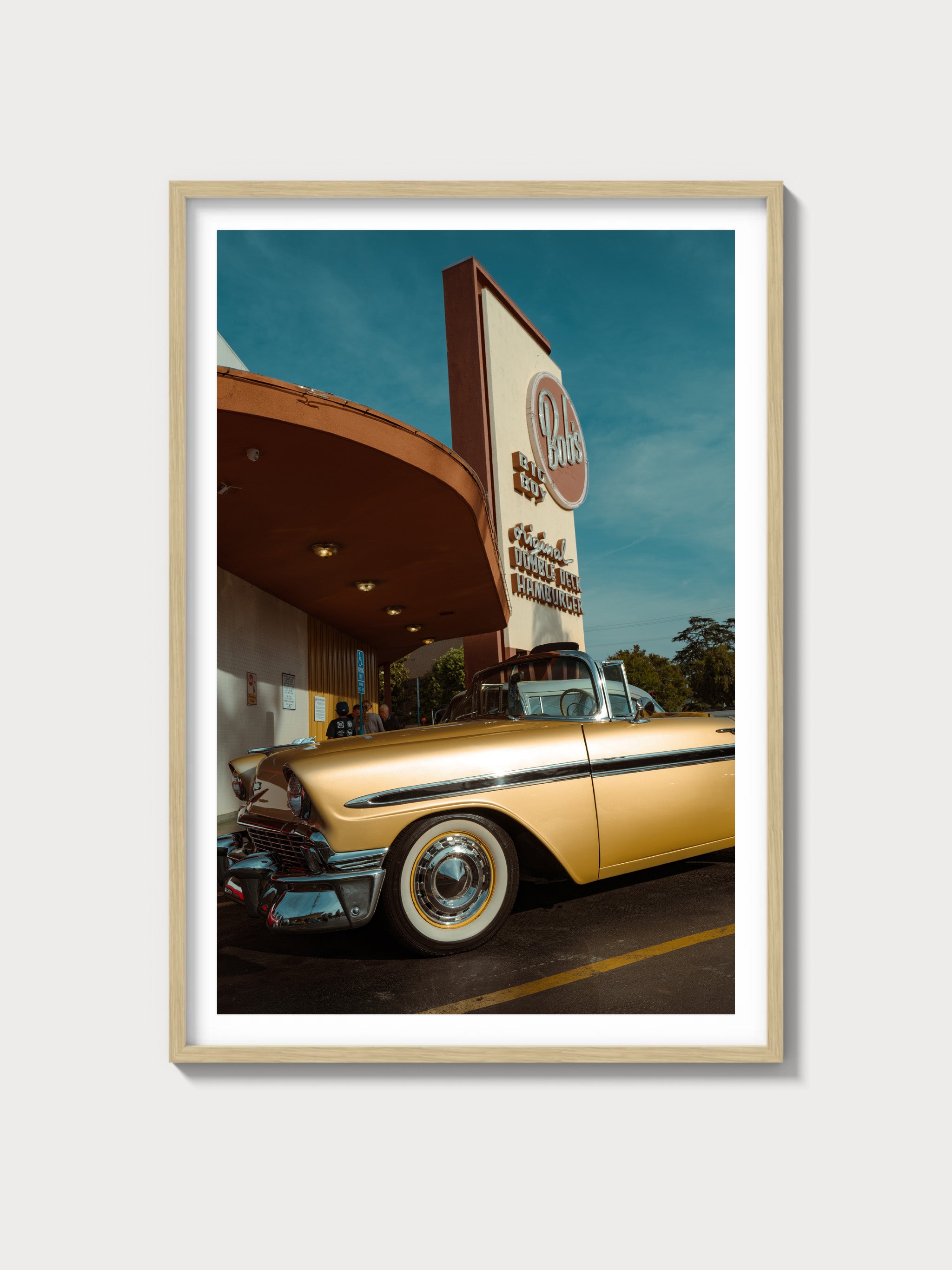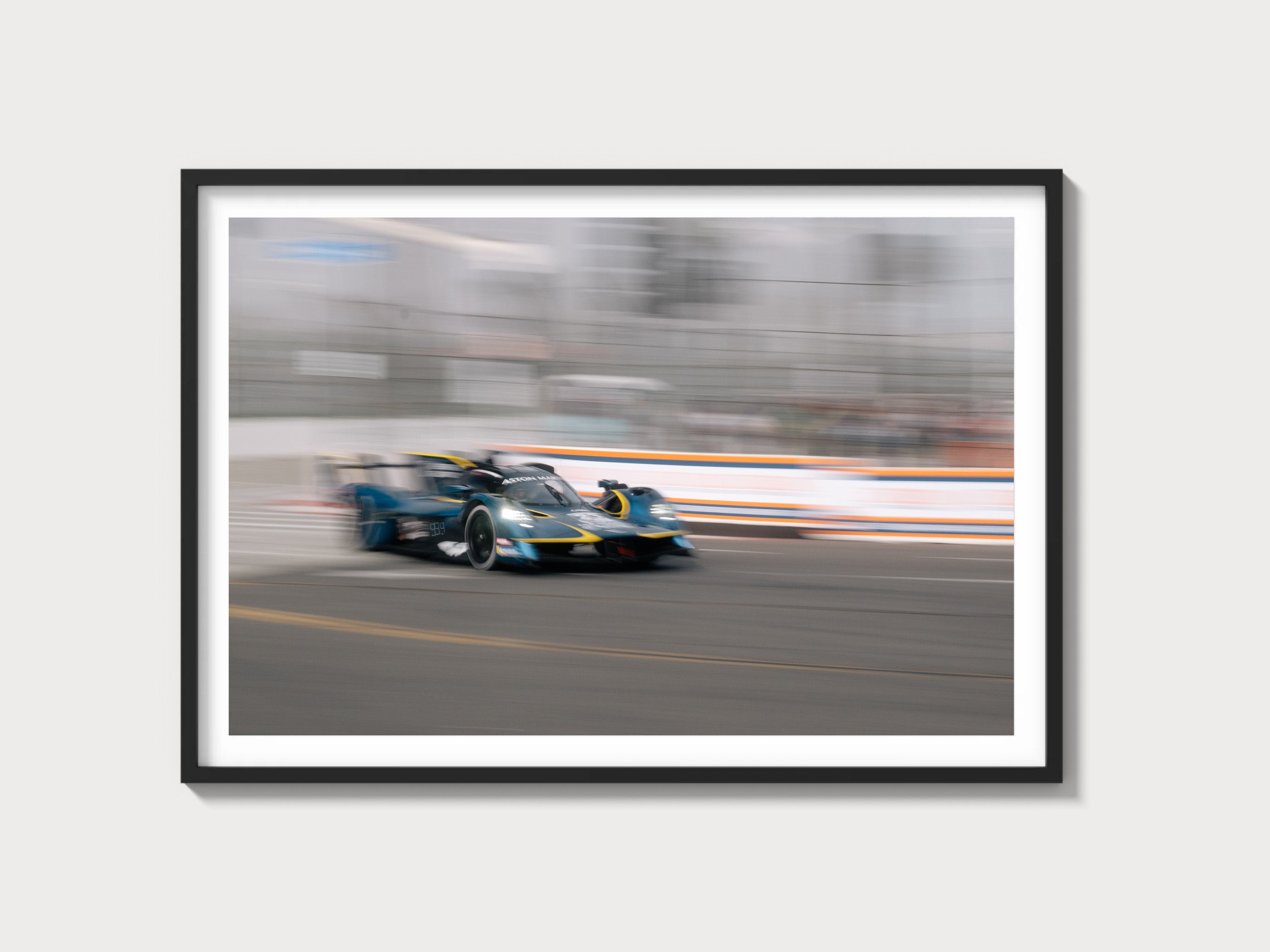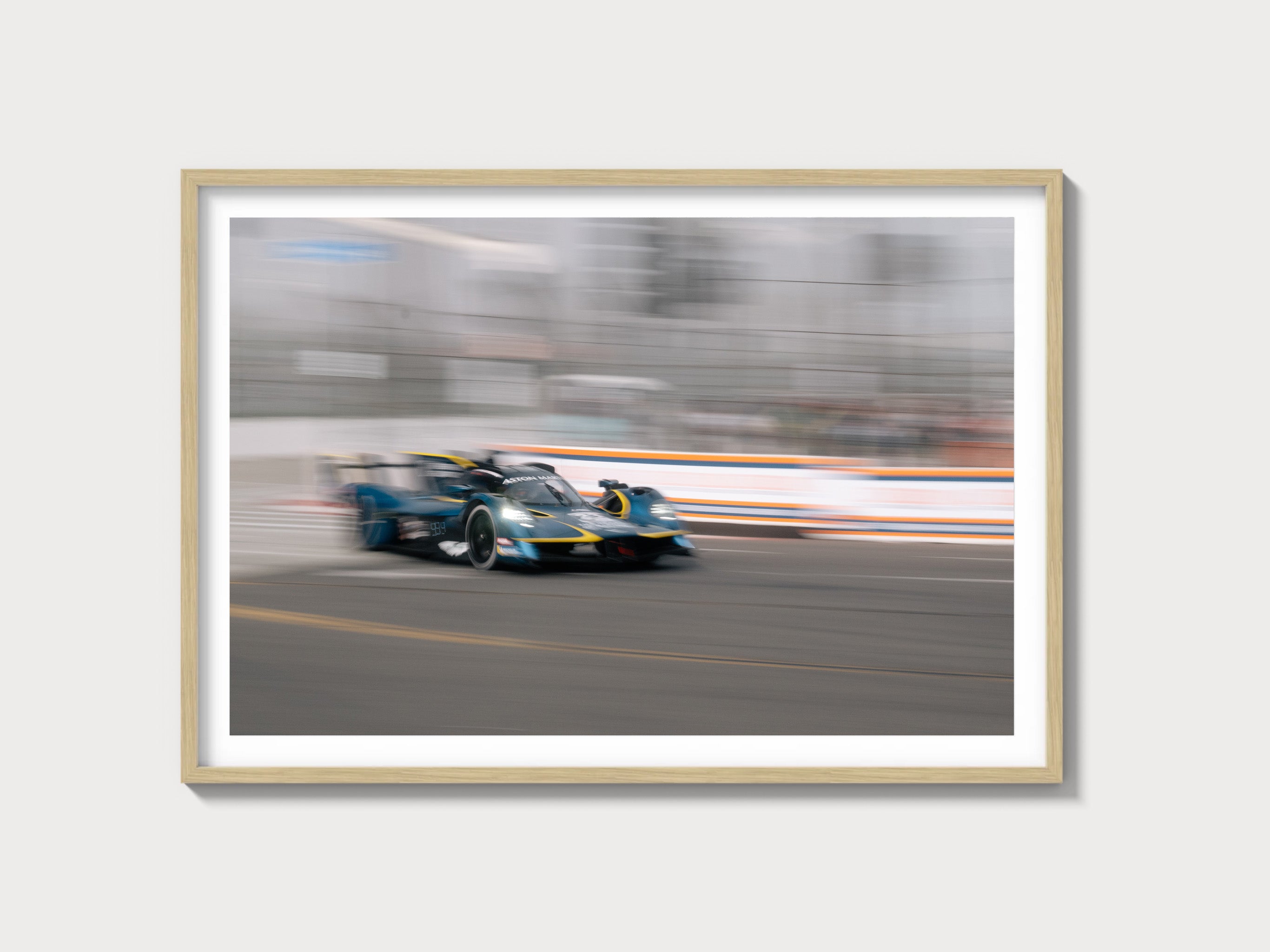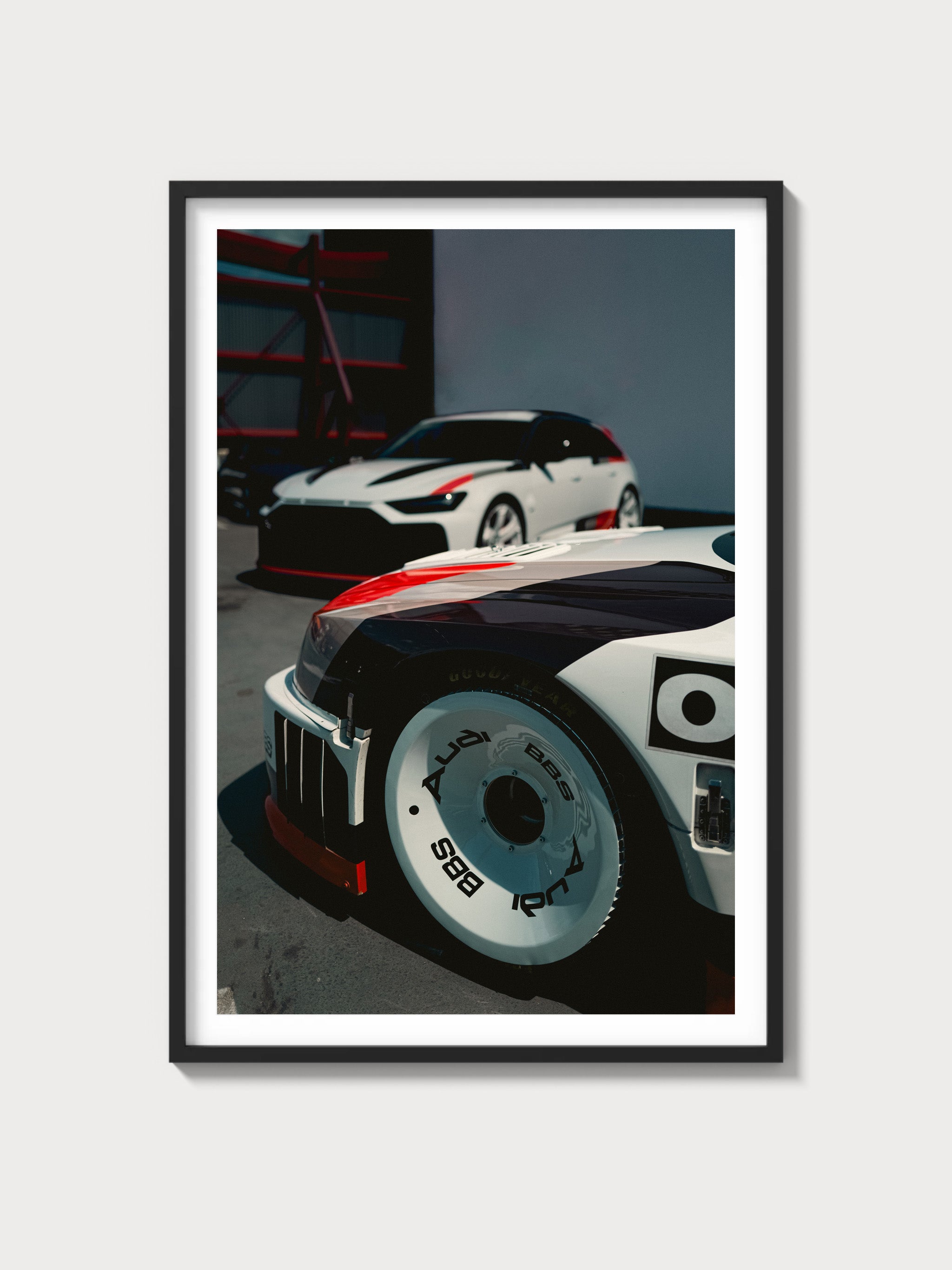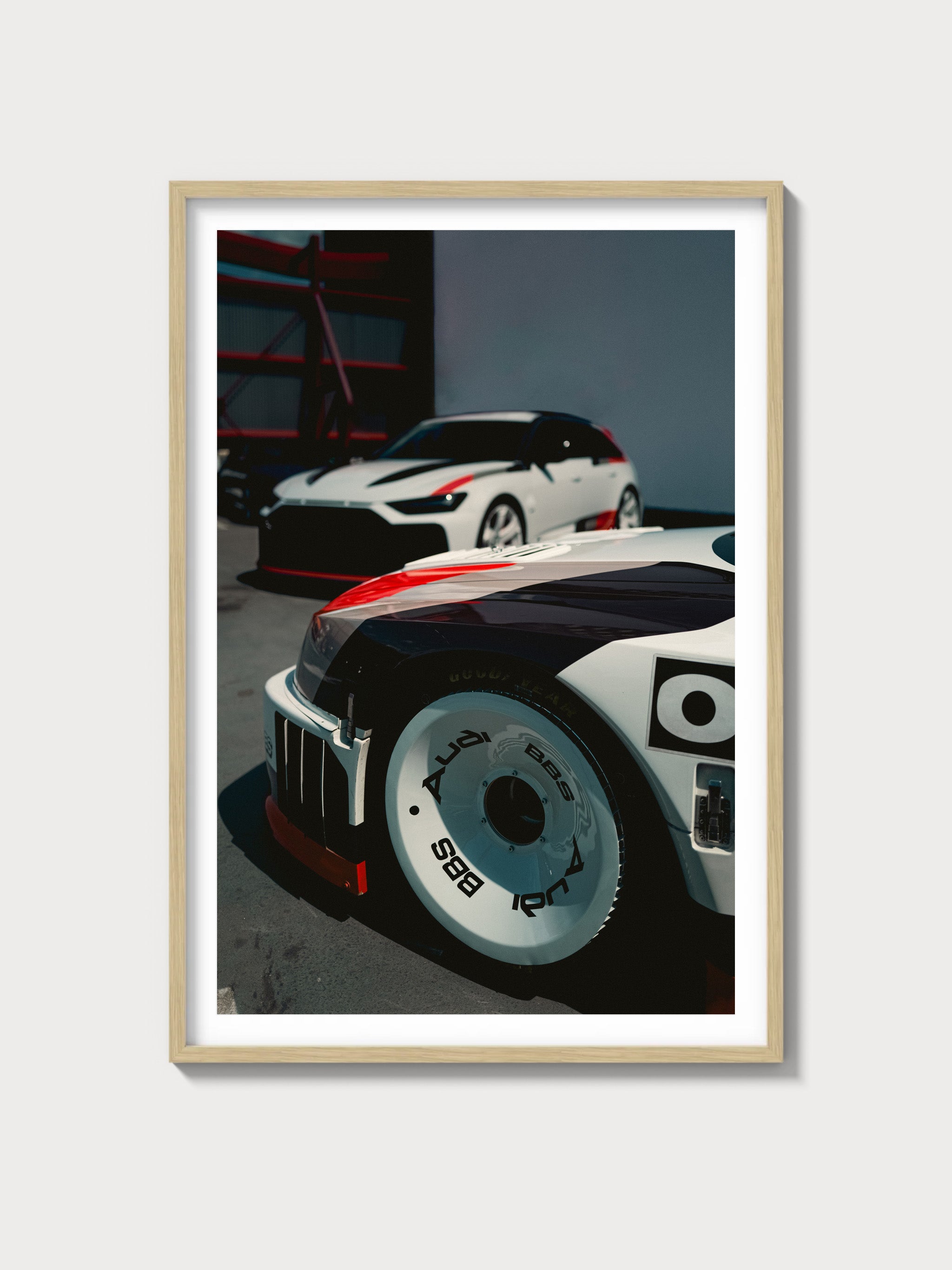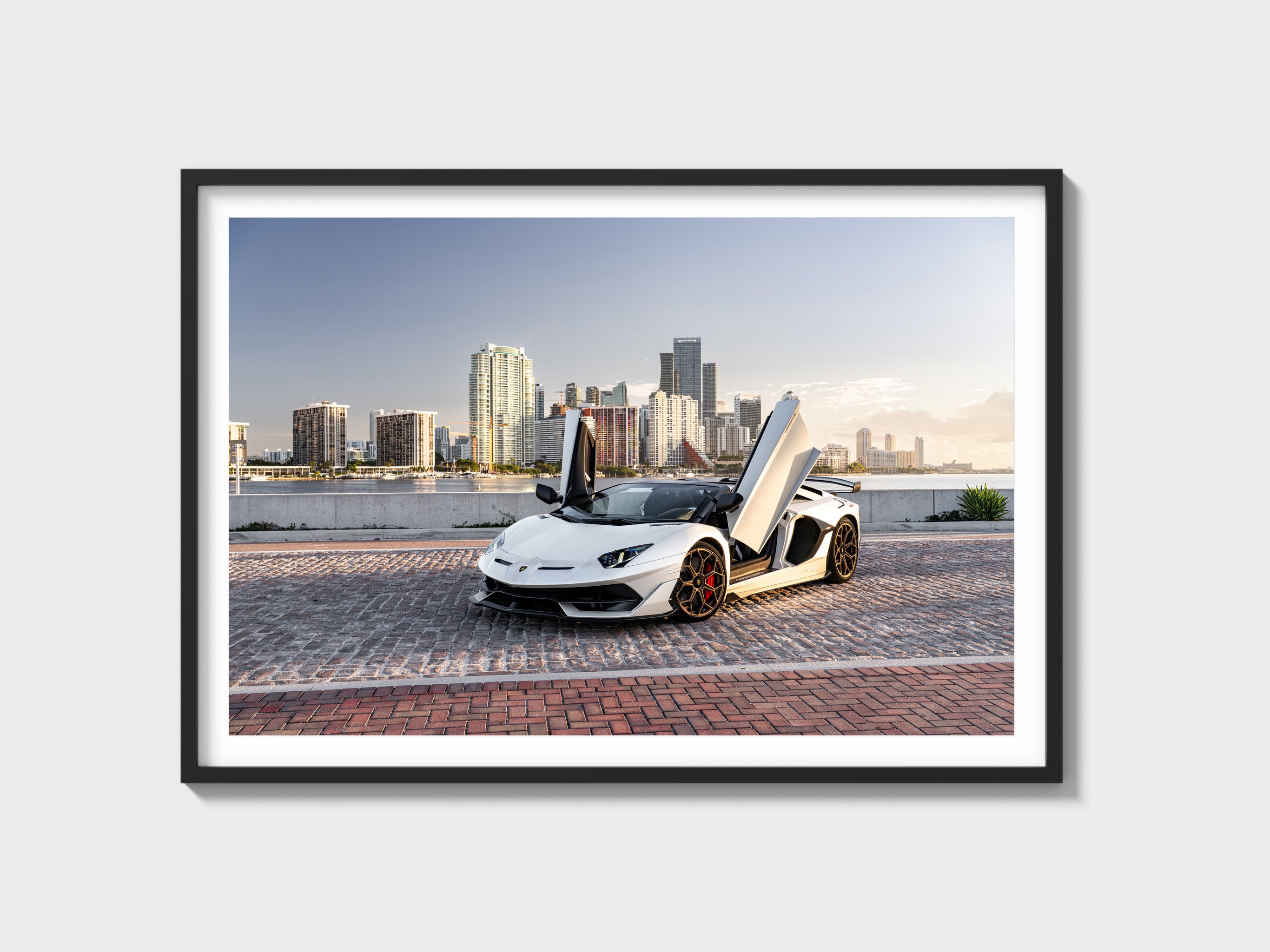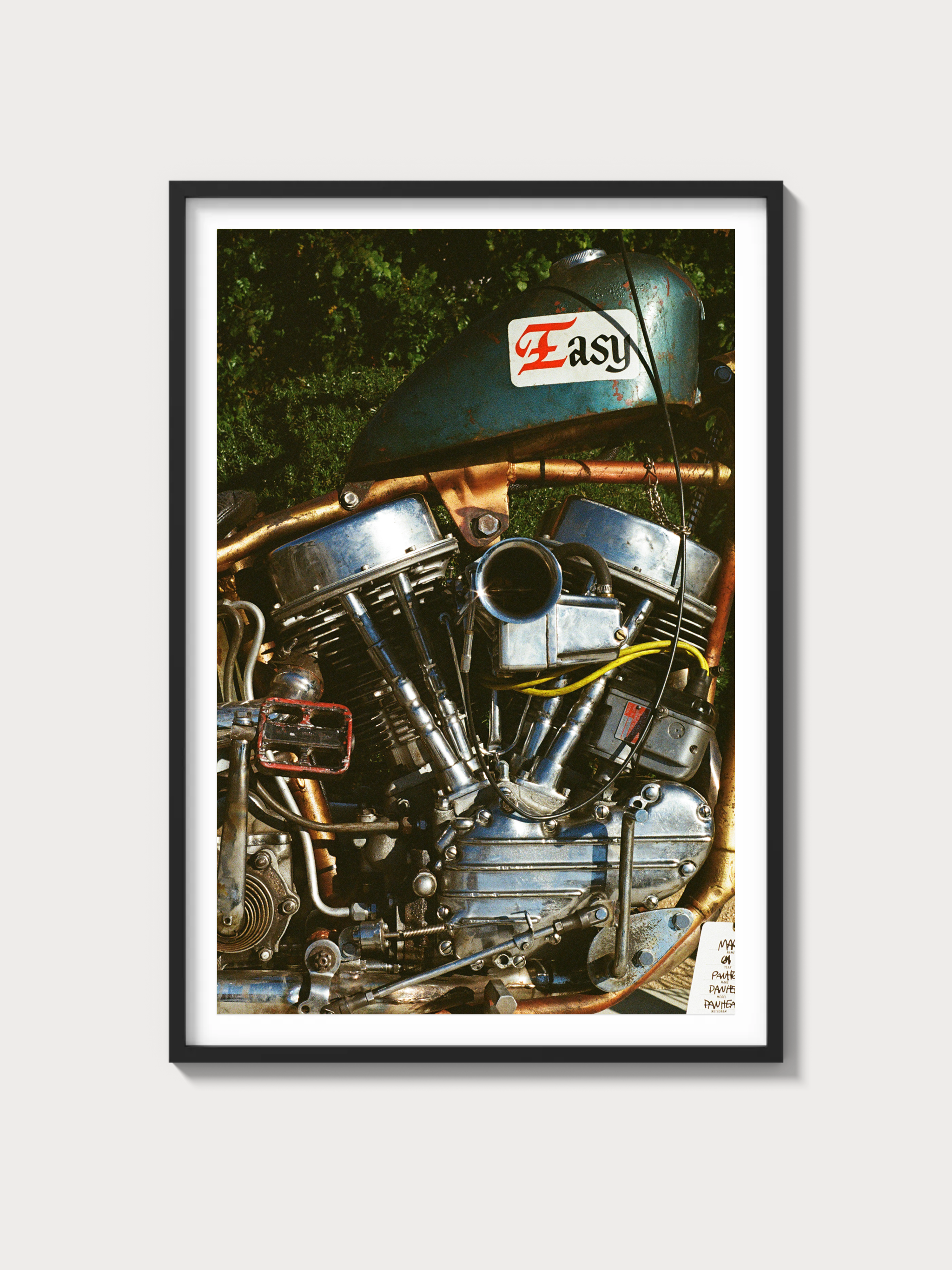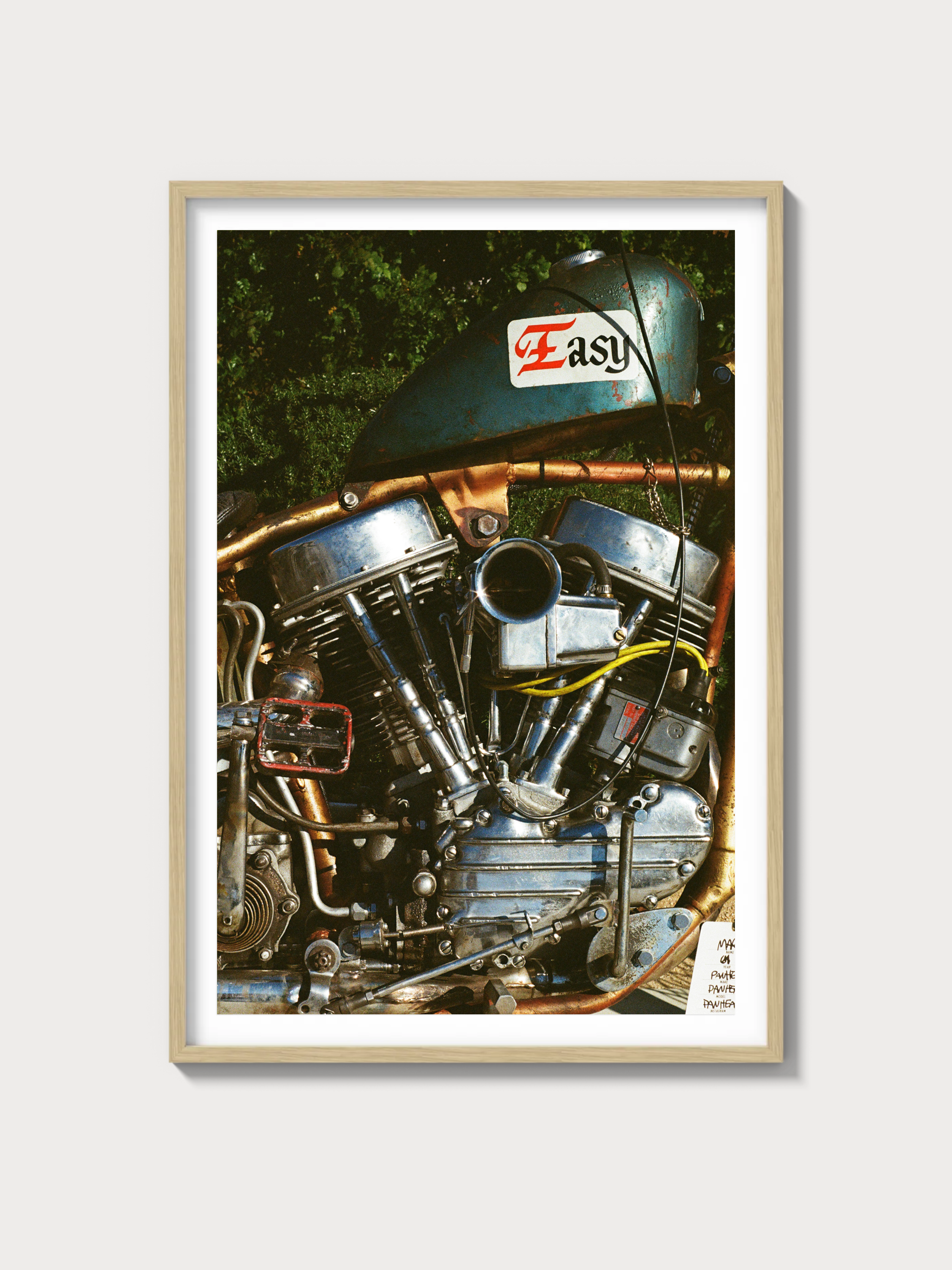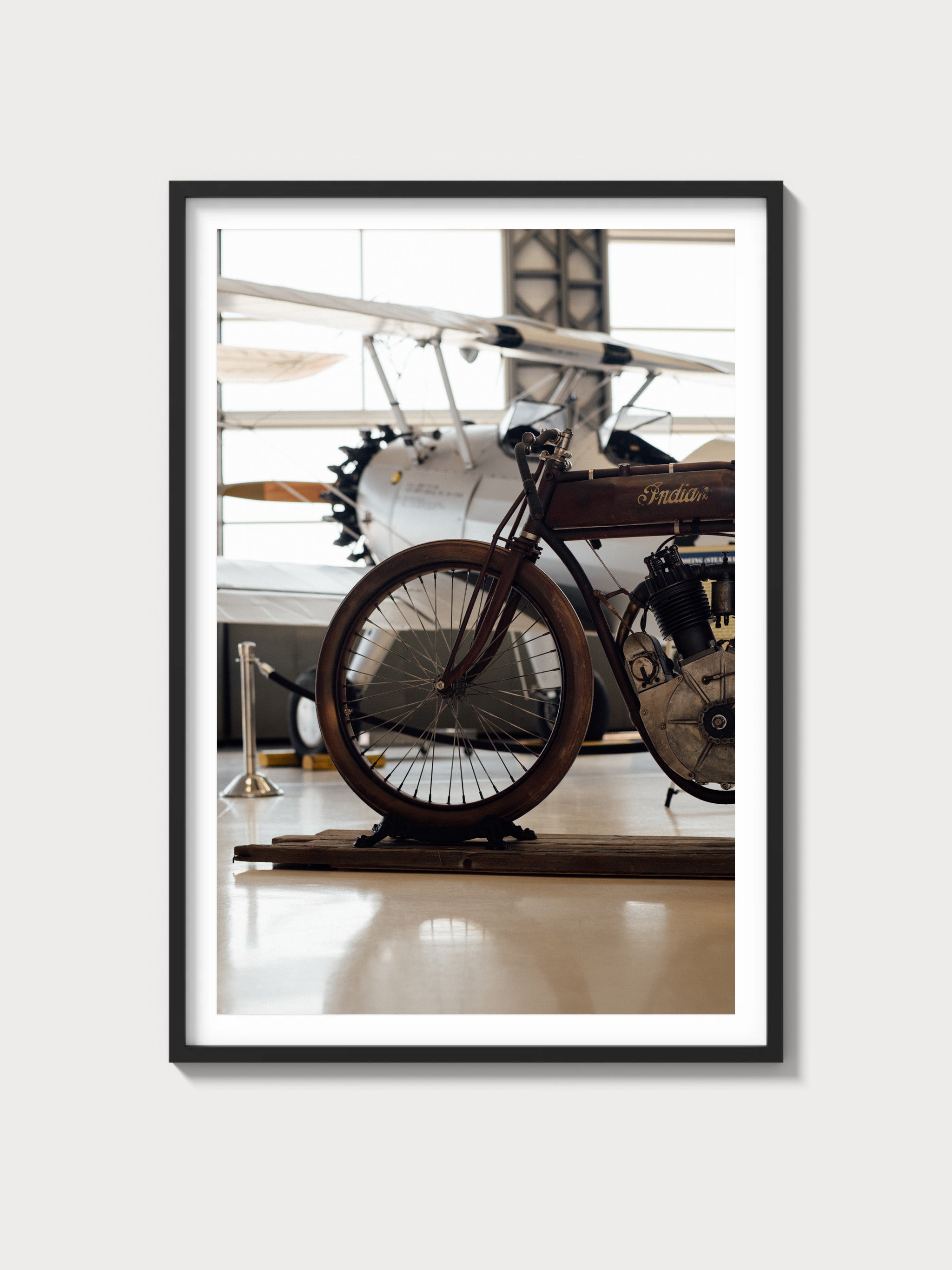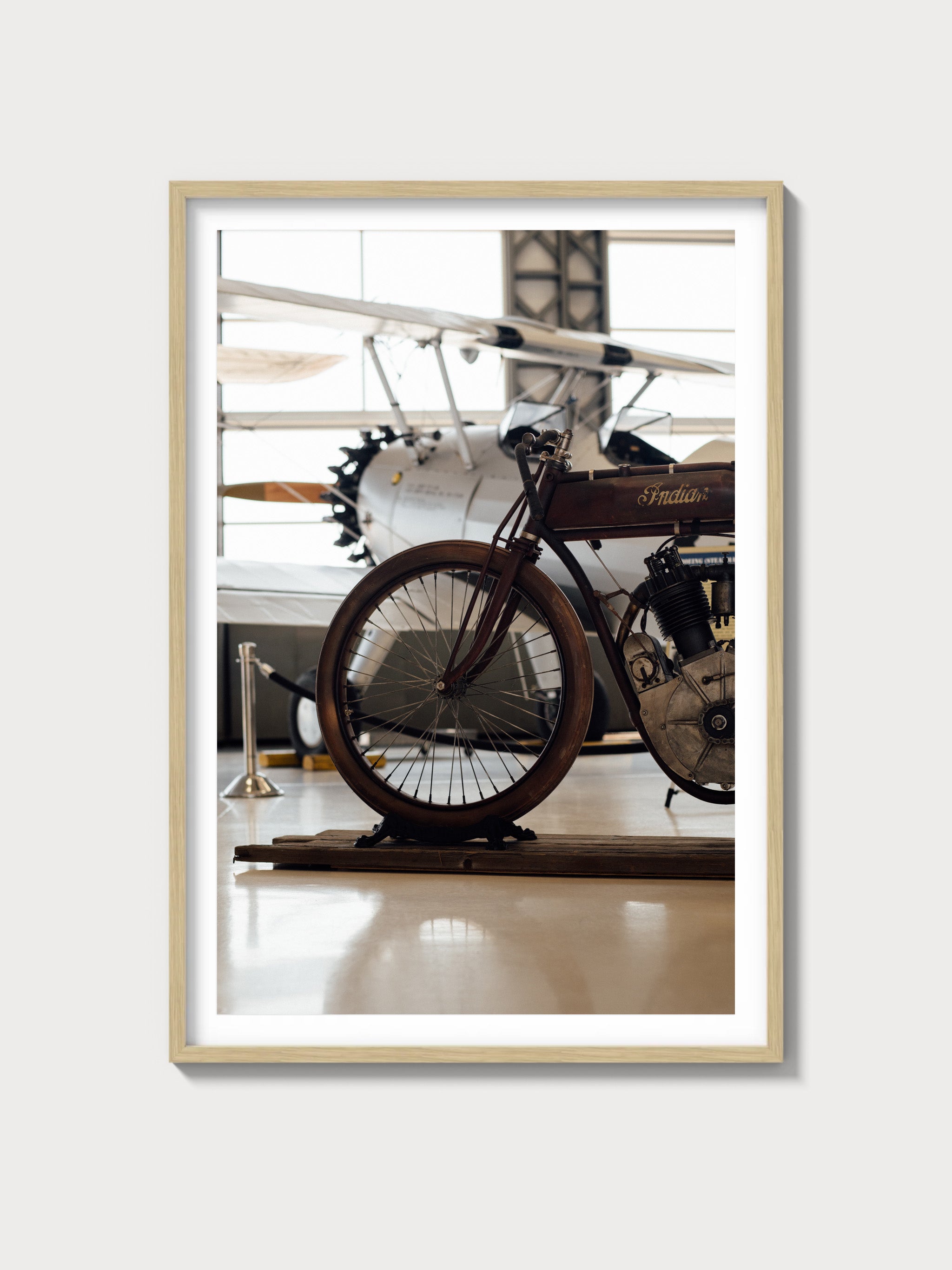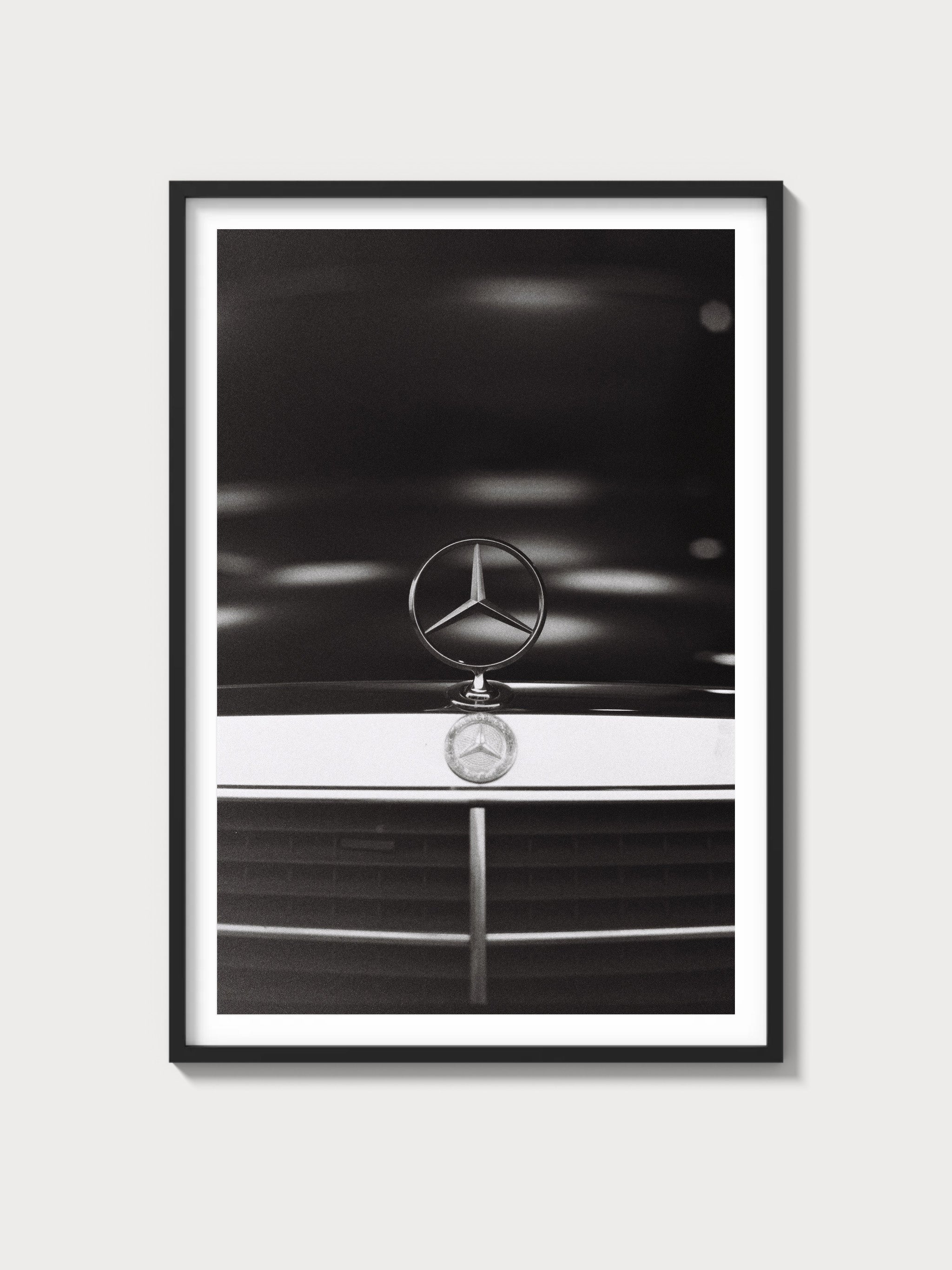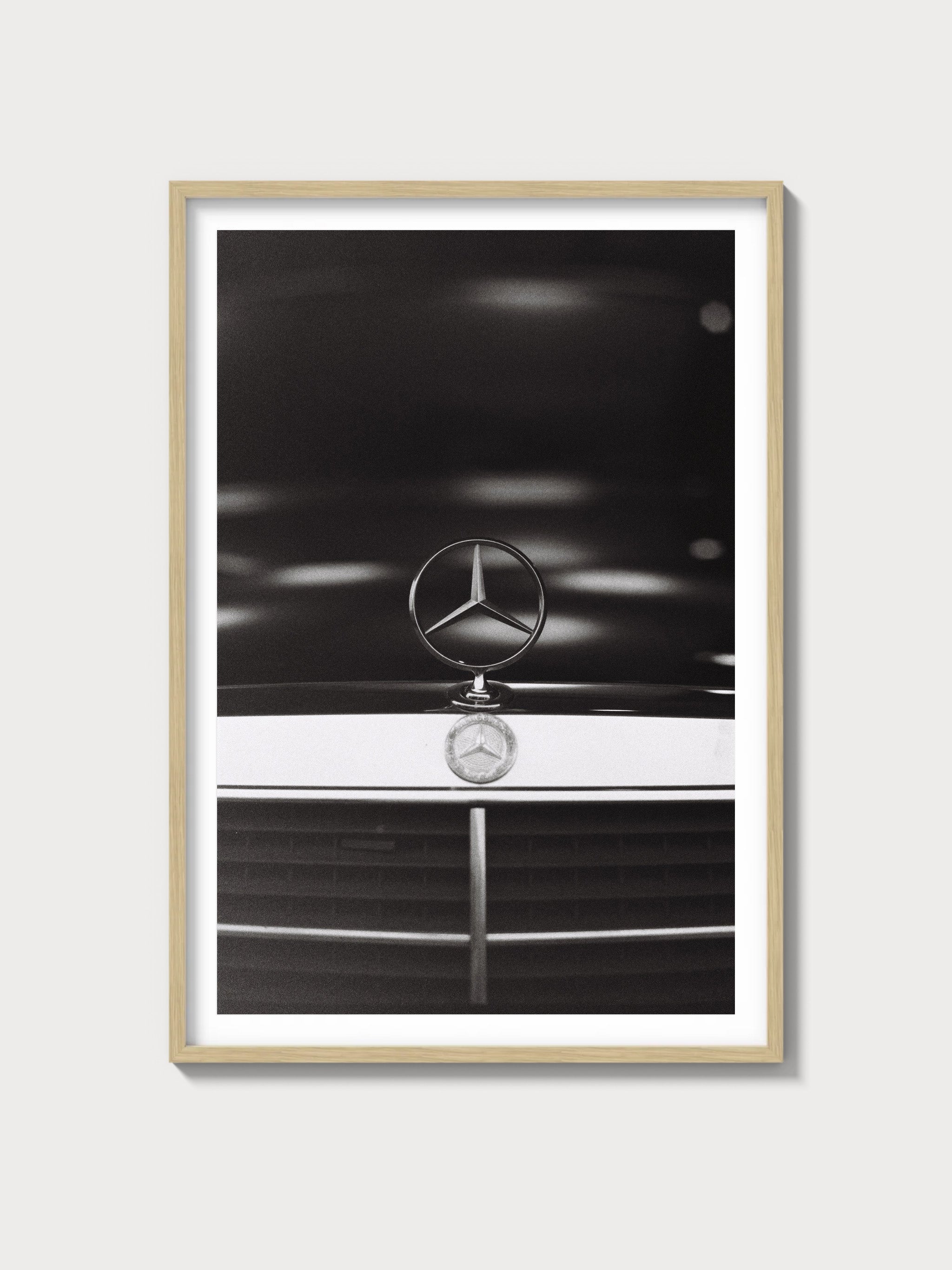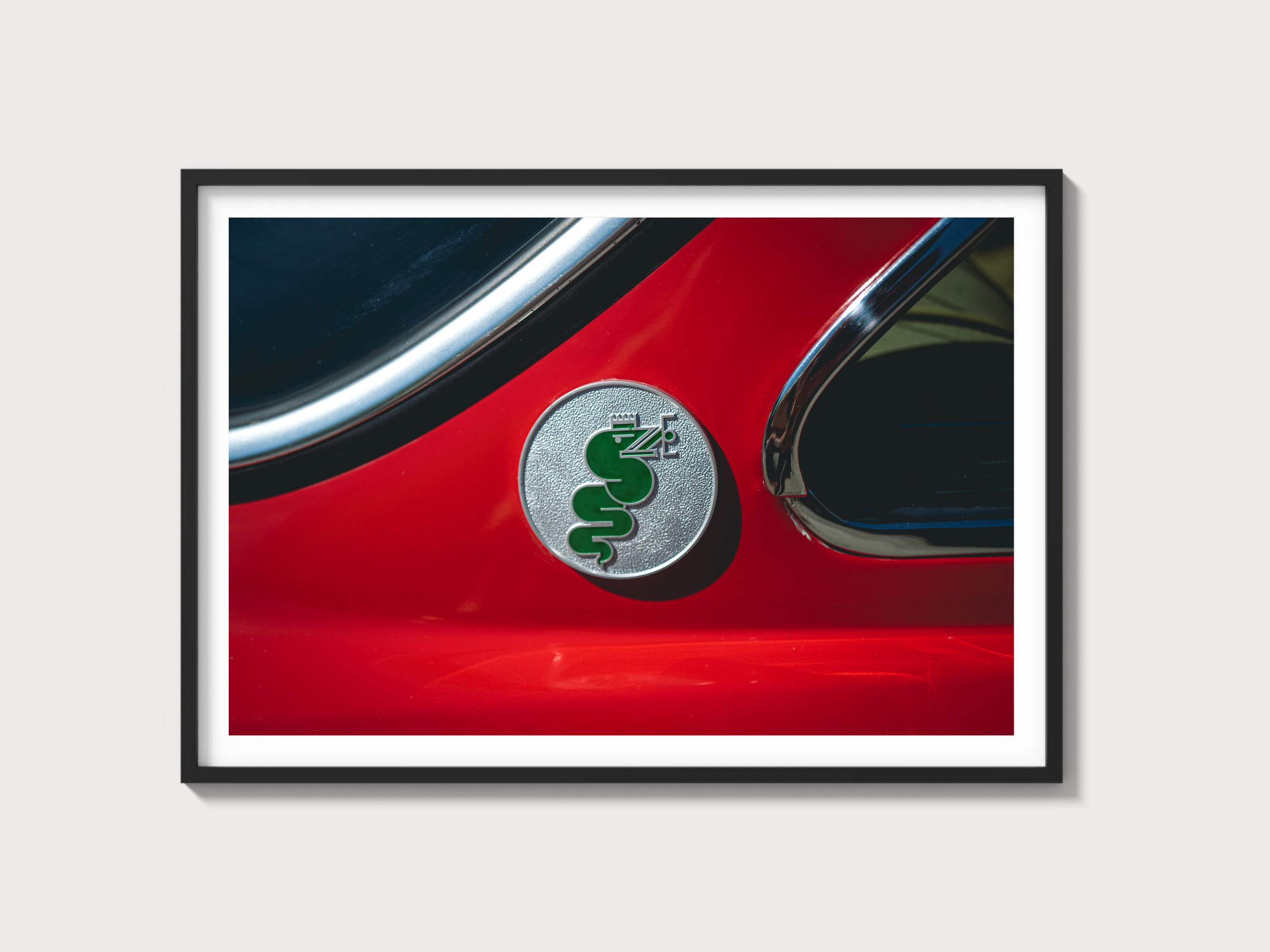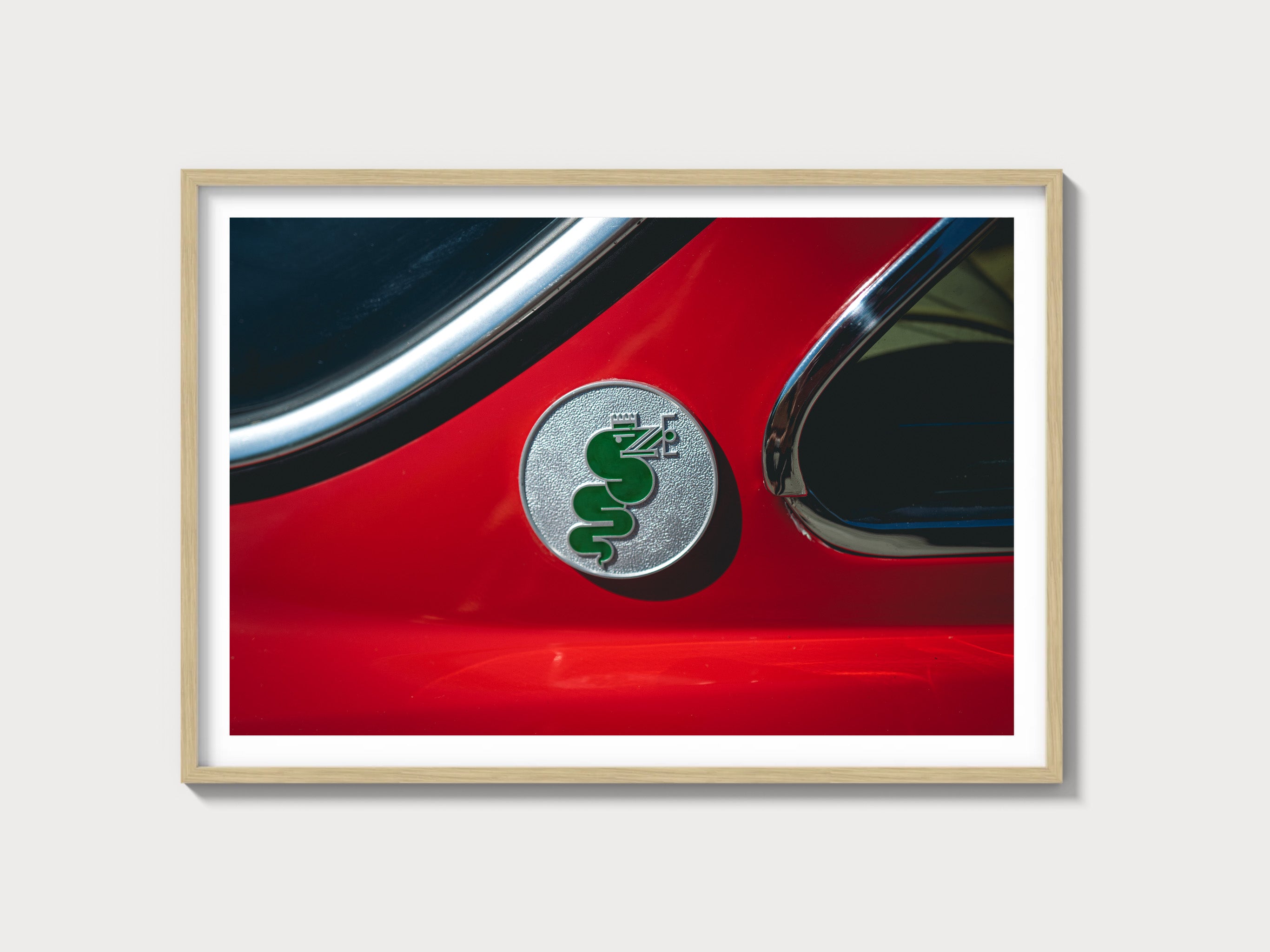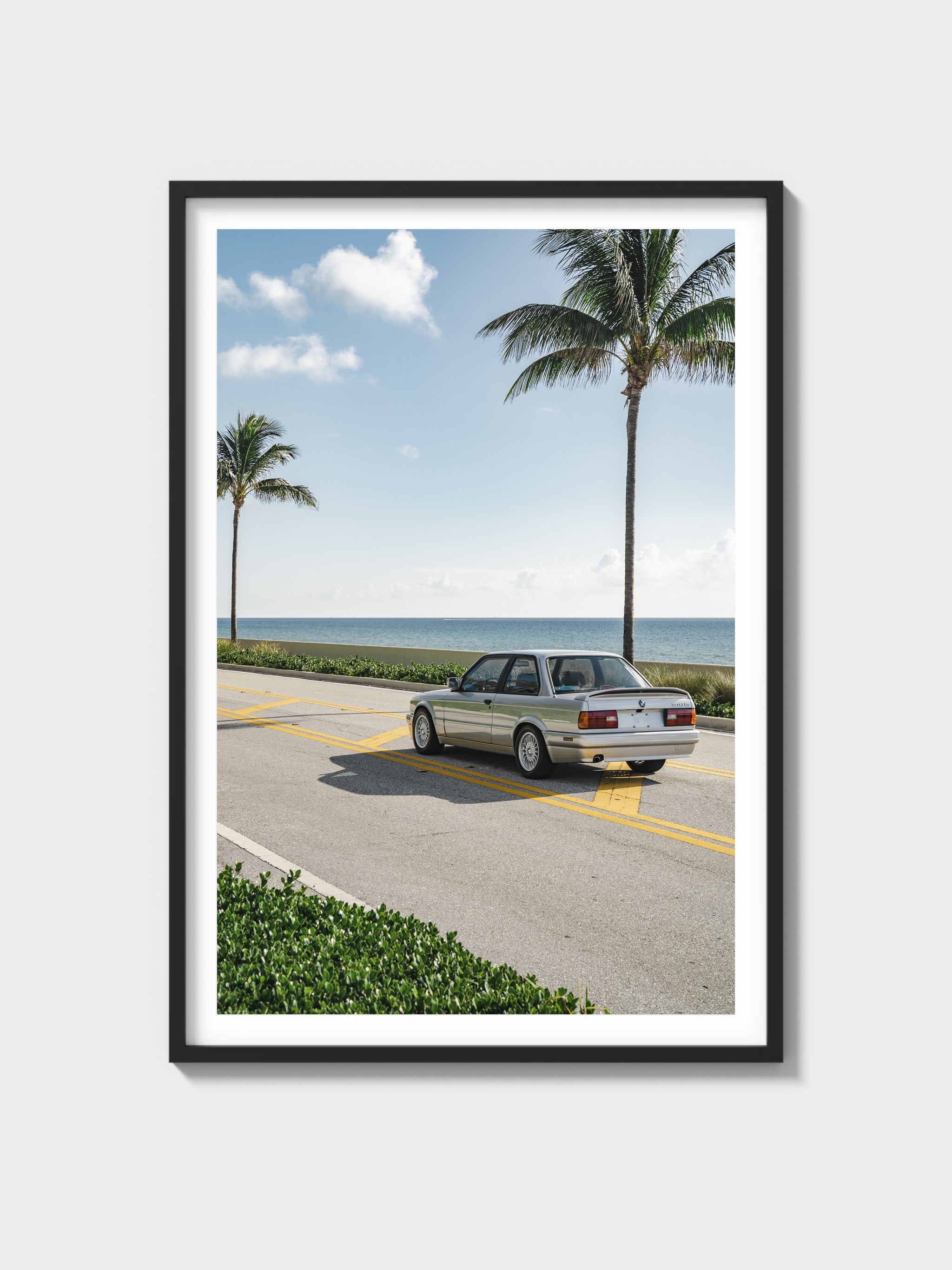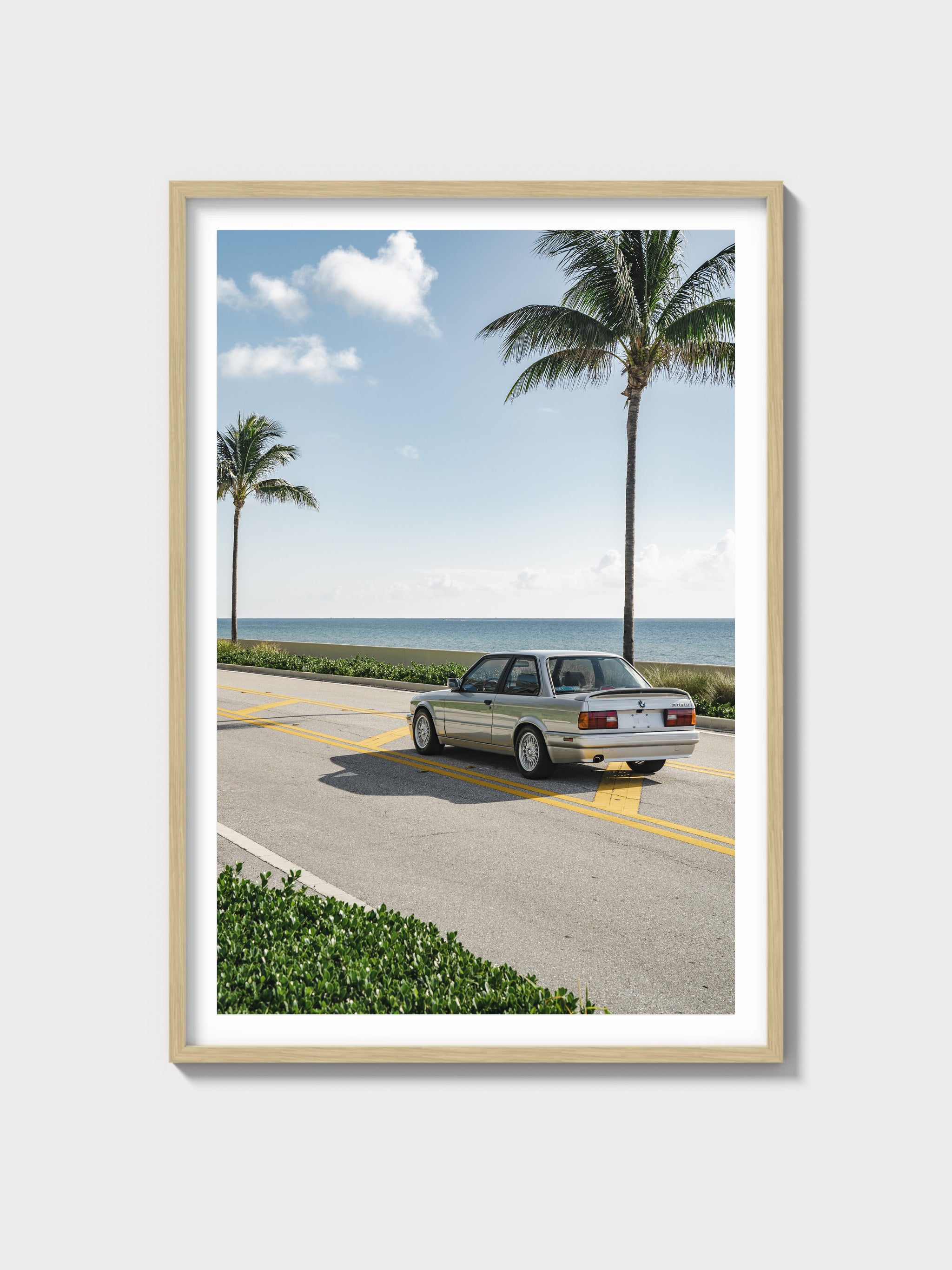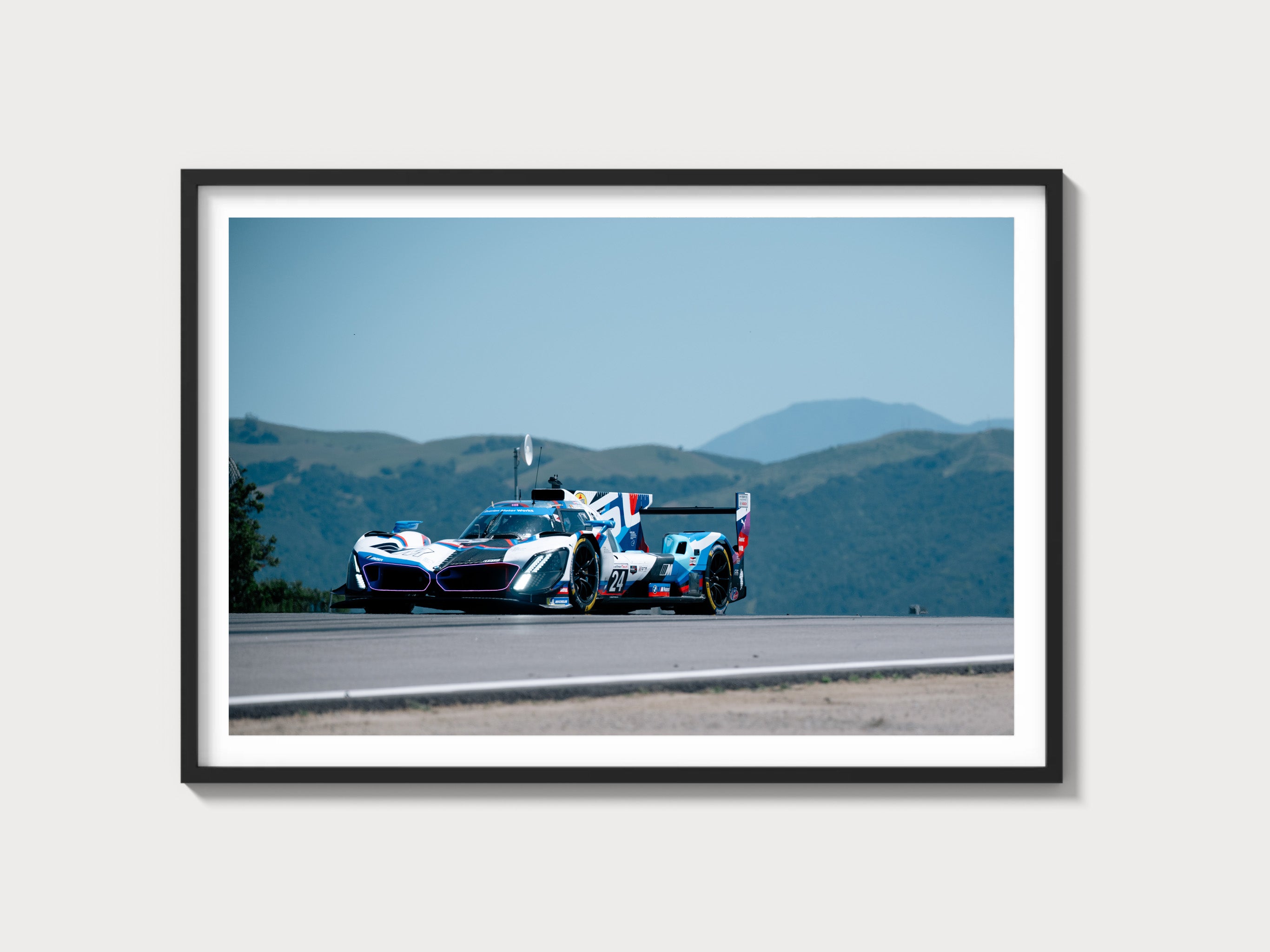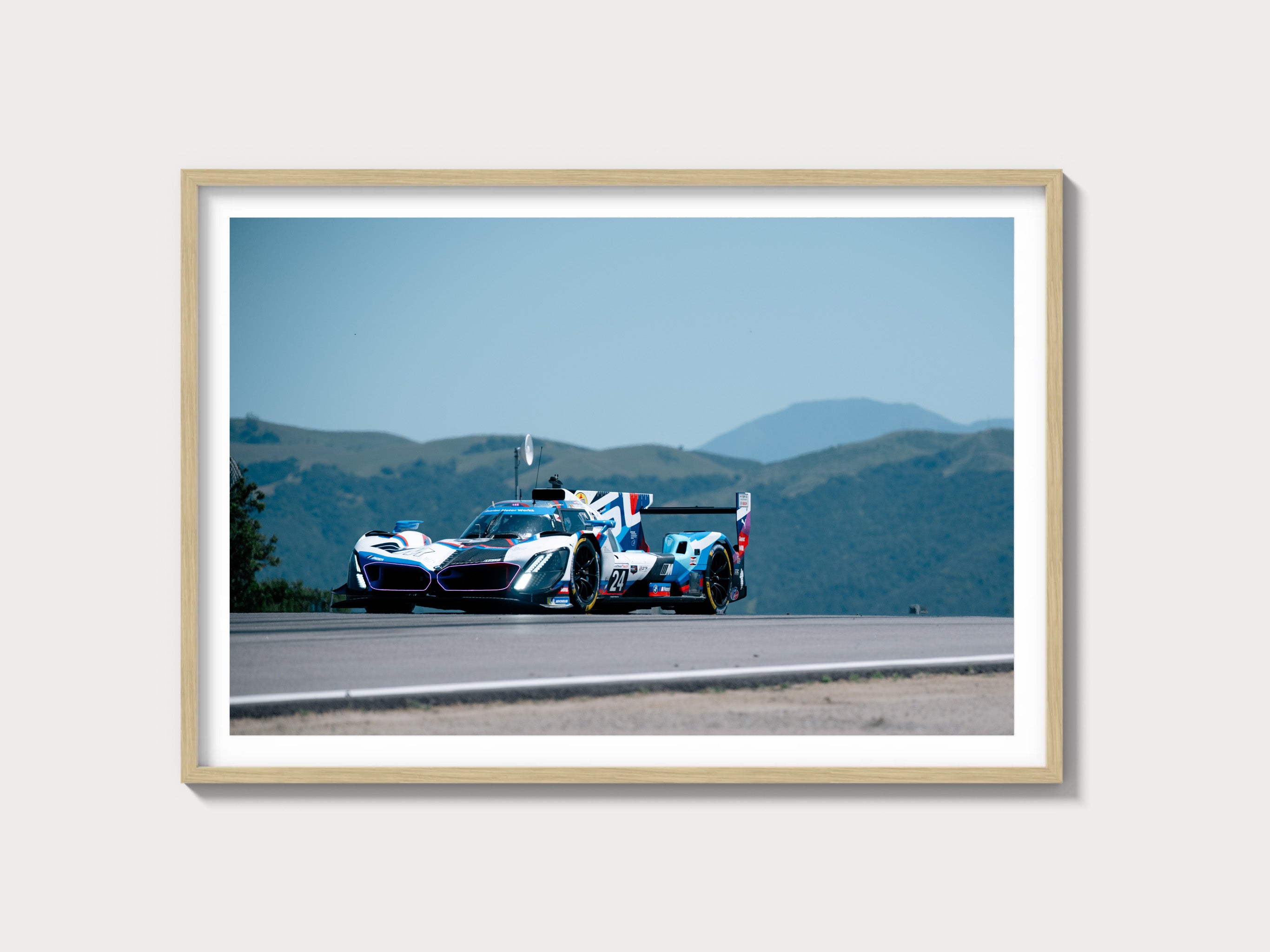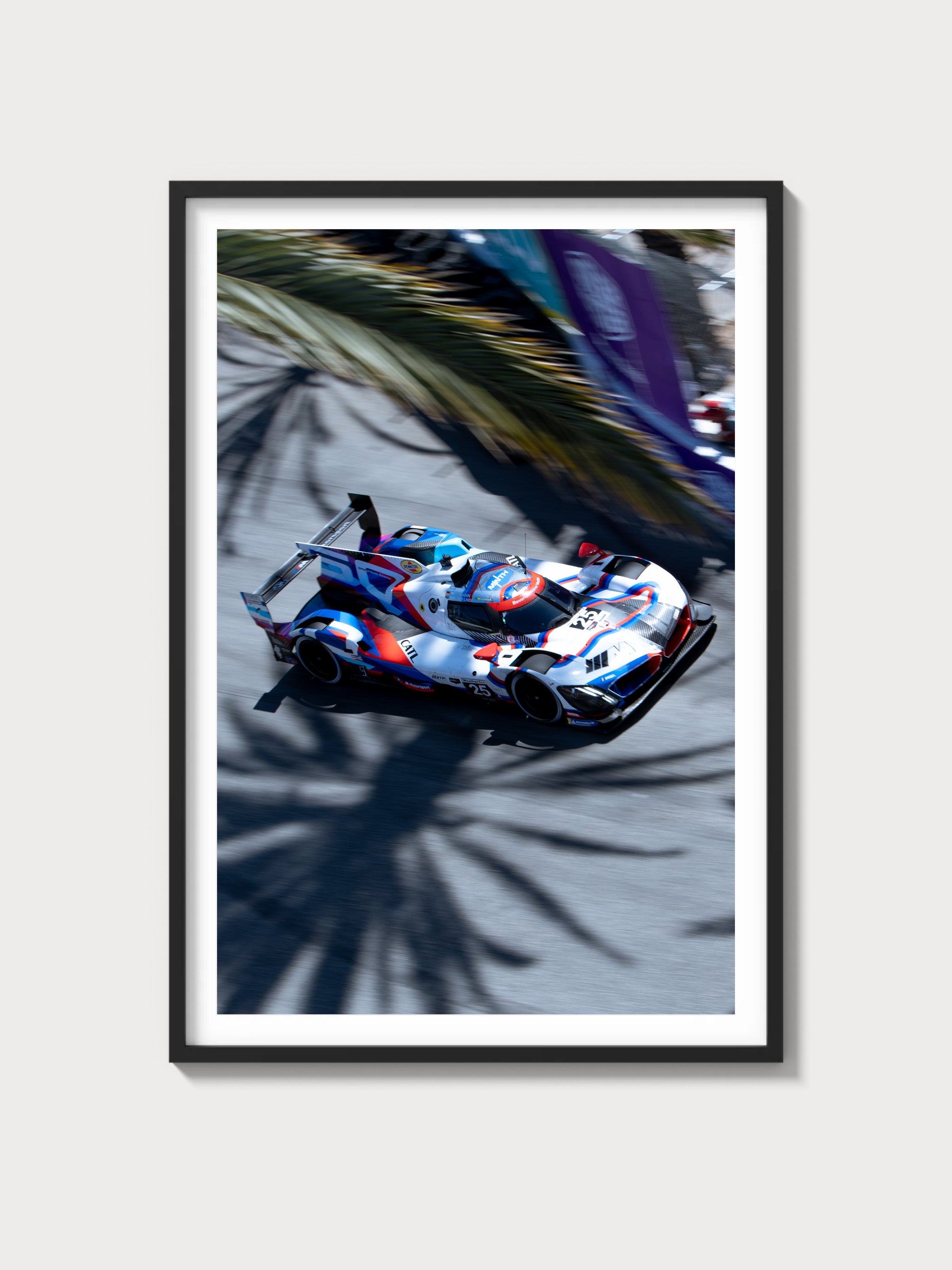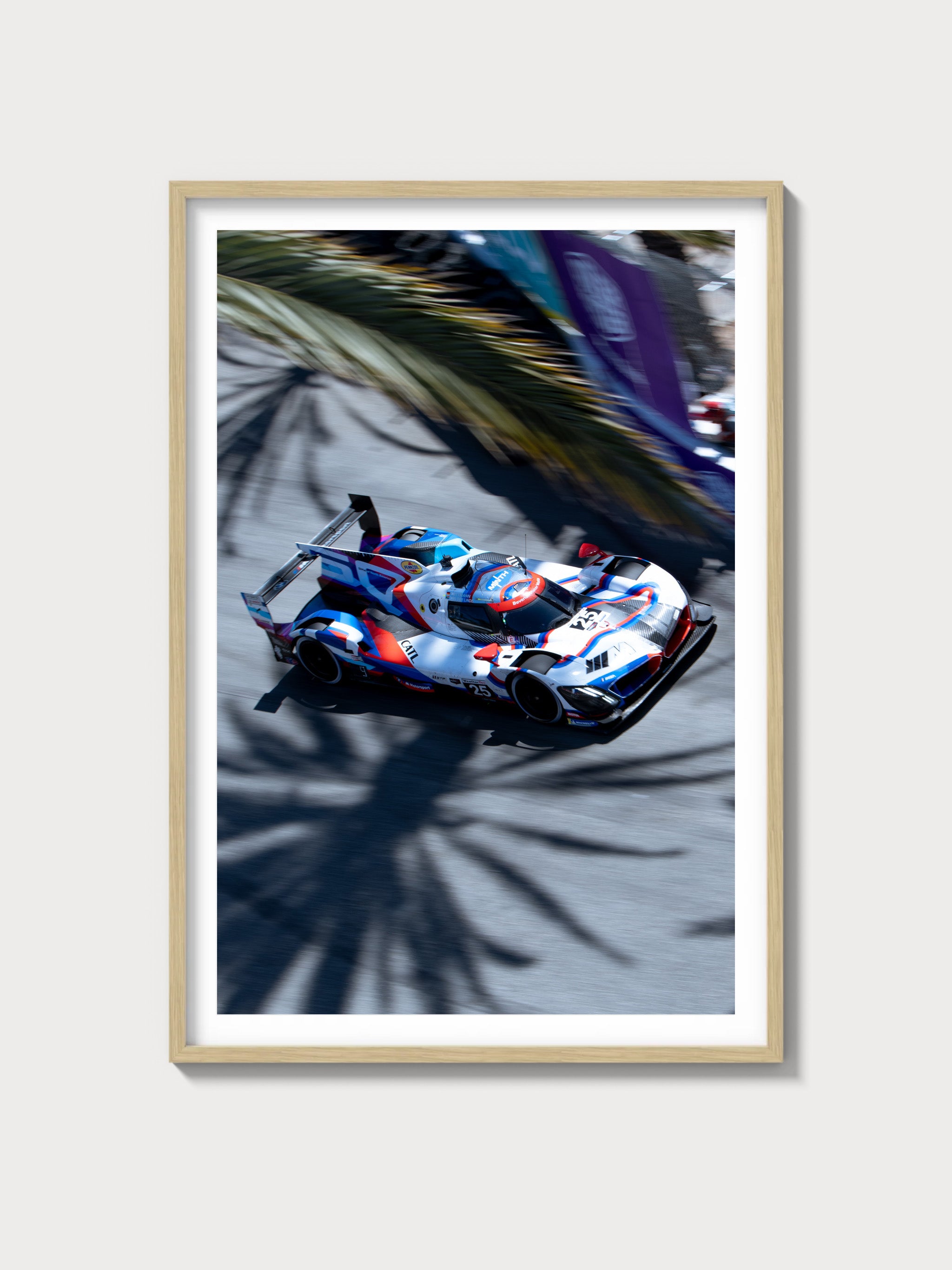2012–2015 Chevrolet Camaro ZL1 (5th Gen): Supercharged Apex of the Modern Pony Car
Historical Context and Development Background
The fifth-generation Camaro arrived as a concept darling and matured into a bona fide performance program under GM Performance Division stewardship. The ZL1, launched for 2012, was the factory halo—an historically loaded badge, referencing the all-conquering COPO ZL-1 of 1969, repurposed for a new era. Corporate intent was clear: build a production Camaro that could out-accelerate, out-corner, and out-brake the era’s best muscle coupes while logging credible endurance performance on road courses.
Underpinning the ZL1’s mission was the LSA 6.2-liter supercharged V8 and a chassis outfitted with third-generation Magnetic Ride Control (MRC) dampers, Performance Traction Management (PTM) calibrations adapted from Corvette ZR1 work, and serious thermal management (oil/trans/diff coolers). Aerodynamically, the ZL1 adopted a unique front fascia with an integrated splitter, aggressive undertray work, and a functional hood insert/heat extractor to stabilize temperatures and airflow at speed.
Development included extensive track work at Milford, Gingerman, VIR, and critically, the Nürburgring Nordschleife, where a production-representative ZL1 recorded a 7:41.27 lap—an attention-getting number that announced the Camaro’s shift from straight-line icon to holistic performance car.
On the competitive front, the ZL1’s immediate sparring partners were Ford’s Shelby GT500 (particularly the supercharged 5.8-liter 662-hp 2013 model) and Dodge’s Challenger SRT8 392. Where the GT500 chased headline power and Vmax, the ZL1 countered with composure: MRC ride control, massive Brembo hardware, and heat capacity designed for repeated lapping.
Engine and Technical Specifications
At the ZL1’s core is the LSA, a 6,162-cc small-block V8 with an Eaton TVS R1900 supercharger, charge-cooling integrated into the intake manifold, and component upgrades over the naturally aspirated LS3 to sustain track abuse. The calibration delivered SAE-certified performance without resorting to peaky mapping; torque is broad and immediate.
| Specification | Detail |
|---|---|
| Engine configuration | LSA 6.2L OHV V8, aluminum block and heads |
| Displacement | 6,162 cc (376 cu in) |
| Horsepower | 580 hp @ 6,000 rpm (SAE certified) |
| Torque | 556 lb-ft @ 4,200 rpm (SAE certified) |
| Induction type | Eaton TVS R1900 roots-style supercharger with integrated charge-cooling |
| Redline | ~6,200 rpm |
| Fuel system | Sequential multi-port fuel injection |
| Compression ratio | 9.1:1 |
| Bore x stroke | 103.25 mm x 92.00 mm (4.065 in x 3.622 in) |
Supporting systems included a heavy-duty cooling stack (engine oil, transmission, and differential coolers), dual-mode exhaust with vacuum-actuated valves, and a fortified driveline: TR-6060 six-speed manual with a twin-disc clutch and 3.73 final drive, or Hydra-Matic 6L90 six-speed automatic with a 3.23 axle and paddle controls.
Driving Experience and Handling Dynamics
The ZL1 drives with an uncommon duality: docile in traffic, buttoned-down at speed. MRC dampers read the road and alter damping rates in milliseconds; Tour mode preserves body control without the crashiness that plagued earlier pony cars, while Sport and Track bear down on roll and pitch with genuine circuit intent. The PTM system layers traction and stability logic with multiple modes, allowing drivers to lean on the car’s grip without numbing feedback.
Steering feel is hydraulic and reassuringly linear for a modern performance coupe. Brakes are serious kit—Brembo six-piston monoblocs up front with two-piece 14.6-inch rotors, and four-piston calipers with 14.4-inch rotors at the rear—with real heat capacity for long sessions. Tires are Goodyear Eagle F1 Supercar G:2s, 285/35ZR20 front and 305/35ZR20 rear, on 20x10 and 20x11-inch wheels; they generate meaningful lateral grip and communicate their limits progressively.
Power delivery is immediate and tractable. The LSA’s low-end torque makes short work of corner exits, while the twin-disc clutch and TR-6060 shift quality reward deliberate inputs. The automatic’s calibration suits track use better than most slushboxes of the period, with crisp upshifts and robust cooling. What distinguishes the ZL1 is how consistently it repeats a lap; it’s engineered for thermal stability as much as it is for numbers.
Performance Specifications
| Metric | Figure |
|---|---|
| 0–60 mph | 3.9 seconds (manual, instrumented testing) |
| Quarter-mile | 12.0 sec @ ~119 mph (instrumented testing) |
| Top speed | 184 mph (factory data) |
| Curb weight | ~4,120 lb (coupe, manual; factory specification) |
| Layout | Front-engine, rear-wheel drive |
| Brakes | Brembo 6-piston front (14.6 in), 4-piston rear (14.4 in), two-piece front rotors |
| Suspension | MRC magnetorheological dampers; multi-link IRS; ZL1-specific bushings and geometry |
| Gearbox | Tremec TR-6060 6-speed manual (3.73 final); optional Hydra-Matic 6L90 6-speed automatic (3.23 final) |
| Notable benchmark | Nürburgring Nordschleife 7:41.27 (development car, production-spec) |
Variant Breakdown (2012–2015)
The ZL1 was offered as a coupe from launch and as a convertible beginning with the 2013 model year. Across the run it received a mid-cycle fascia update for 2014 in line with the wider Camaro range, while retaining its core powertrain and chassis specification.
| Model year | Body style(s) | Major differences | Production numbers | Market notes |
|---|---|---|---|---|
| 2012 | Coupe | ZL1 introduction; LSA 580 hp; MRC; PTM; unique aero and cooling; Goodyear G:2 tires | Not officially published by GM | Manual or automatic; halo model of the fifth-gen lineup |
| 2013 | Coupe, Convertible | Convertible added; structural bracing and calibration adjustments for open-top | Not officially published by GM | Manual or automatic; same LSA rating as coupe |
| 2014 | Coupe, Convertible | Mid-cycle styling refresh (front/rear); functional hood extractor retained; mechanical spec largely unchanged | Not officially published by GM | ZL1 remains top dog; Z/28 introduced separately for track purists |
| 2015 | Coupe, Convertible | Continuation of refreshed design; LSA 580 hp; chassis and PTM carry over | Not officially published by GM | Final fifth-gen ZL1 model year |
Notes: GM did not release a fully itemized, official public tally of ZL1 production broken down by body style and transmission for each model year. Figures commonly cited in enthusiast registries vary by source.
Ownership Notes: Maintenance, Parts, and Restoration
- Engine and driveline: The LSA is robust when kept cool and properly serviced. Respect the car’s track-prep guidance—check intercooler fluid level, bleed brakes, and ensure the differential cooler is functioning. Post-event fluid checks are advisable.
- Service intervals: Follow the oil-life monitor for street use; for track use, GM guidance calls for more frequent changes. Differential and transmission fluids should be replaced after track days; brake fluid should be refreshed with high-temperature DOT 3/4 before extended lapping.
- Known issues: Early-production supercharger isolator rattle was addressed via service bulletins; updated couplers and revised components cure the noise. Heat soak can reduce output during long, hot sessions—an upgraded heat exchanger/pump is a common aftermarket durability upgrade for frequent track work. Magnetic dampers are durable but expensive to replace if neglected.
- Consumables: Front two-piece rotors and 305-section rears aren’t budget items; plan accordingly for track days. The twin-disc clutch stands up well but will reflect driver abuse.
- Parts availability: Excellent OEM support; many wear parts cross over with CTS-V and mainstream fifth-gen Camaro components. ZL1-specific aero and the carbon hood insert are pricier and may require patience to source in perfect condition.
- Restoration difficulty: Mechanically straightforward with modern diagnostics; body/aero pieces and correct wheels/tires are the bigger hurdles for concours-level correctness.
Cultural Relevance, Desirability, and The ZL1’s Legacy
The ZL1 reframed what a Camaro could be. It wasn’t simply Chevrolet’s answer to a power war; it was a system-engineered solution to the broader performance question. Period comparison tests regularly praised its composure and repeatability, and that 7:41.27 Nordschleife lap gave it instant credibility in circles that previously ignored pony cars.
Visibility in enthusiast media and simulation titles (e.g., mainstream console racing games) cemented its image. Chevrolet also auctioned the first retail-production ZL1 for charity at Barrett-Jackson, where it achieved a $250,000 hammer price—headline proof that the badge resonated beyond typical showroom traffic.
For collectors, specification matters: low-mileage, unmodified cars, especially manuals, are often treated as the purist’s choice, while convertibles appeal to broader grand-touring tastes. Provenance (single-owner cars, documented track use with proper maintenance) meaningfully affects desirability.
FAQs
Is the 2012–2015 Camaro ZL1 reliable?
Yes, when maintained. The LSA is stout, and the cooling package is track-ready. Address any supercharger isolator rattle with the updated parts, keep fluids fresh (especially after track events), and inspect brakes/tires regularly.
What engine is in the 5th-gen ZL1?
Chevrolet’s LSA 6.2-liter supercharged V8 with an Eaton TVS R1900, SAE-certified at 580 hp and 556 lb-ft.
How quick is it compared to rivals?
Instrumented tests placed manual coupes around 3.9 seconds to 60 mph and roughly 12.0 seconds in the quarter-mile, with a factory-quoted 184-mph top speed. Track endurance and composure were its calling cards against contemporary GT500 and SRT8 challengers.
Which transmission should I choose?
The TR-6060 six-speed manual offers the most involvement and strong durability; the 6L90 automatic delivers consistent, quick shifts and heat capacity for track days. Both were factory-calibrated with appropriate axle ratios and coolers.
Are there known problem areas?
Beyond the supercharger isolator update, watch for worn tires (the car is torque-rich), brake rotor wear from heavy track use, and the cost of MRC damper replacement if neglected. Routine inspection mitigates surprises.
Did the ZL1 change mechanically during 2012–2015?
Core powertrain and chassis spec remained consistent. A 2014 styling refresh updated front and rear fascia; the convertible (introduced for 2013) features additional bracing and calibration tweaks.
What tires and brakes did it use from the factory?
Goodyear Eagle F1 Supercar G:2 tires—285/35ZR20 front, 305/35ZR20 rear—on 20-inch wheels; Brembo six-piston front/two-piece rotors and four-piston rears with substantial heat capacity.

